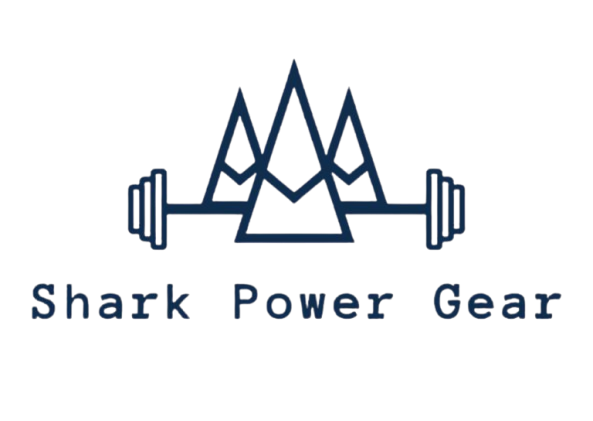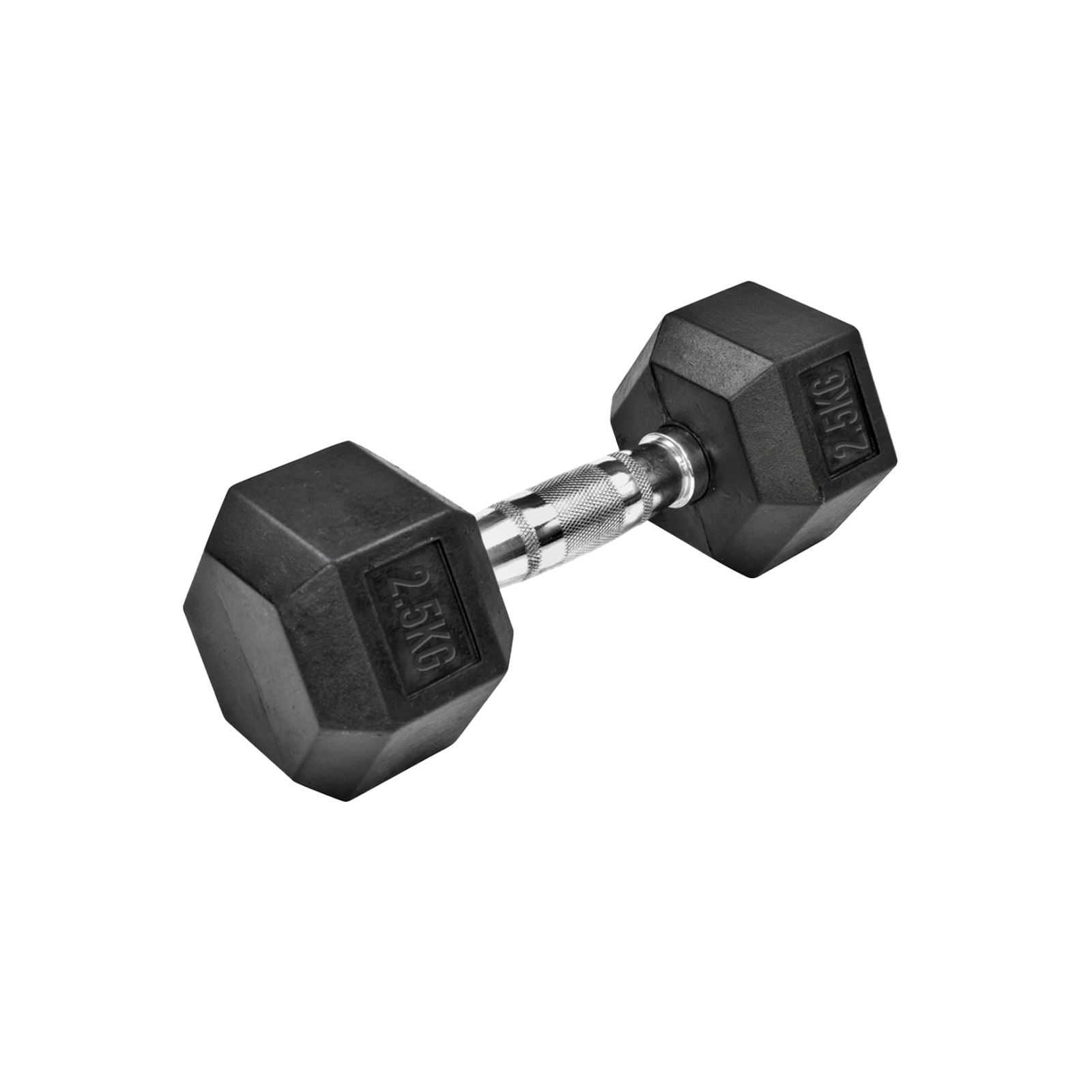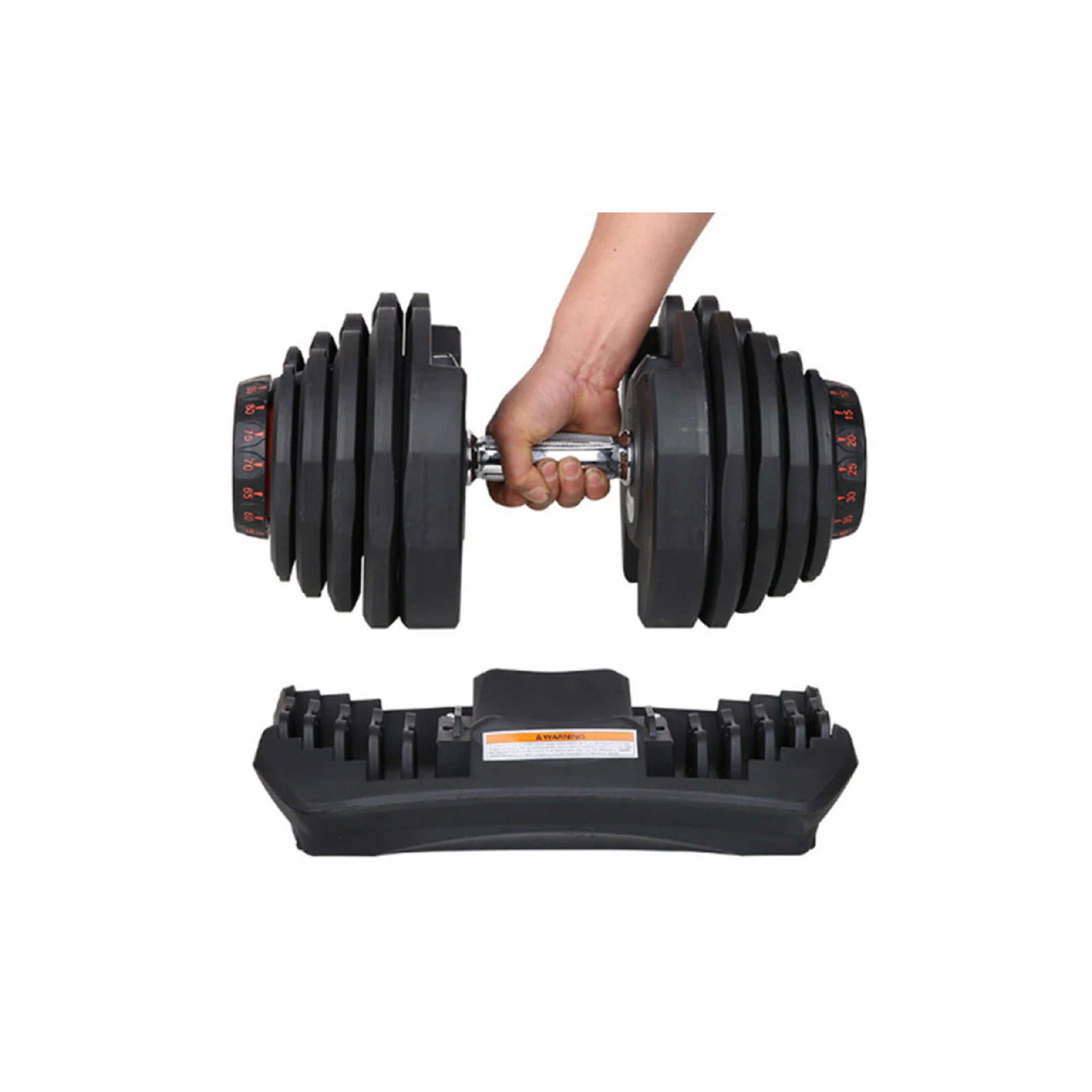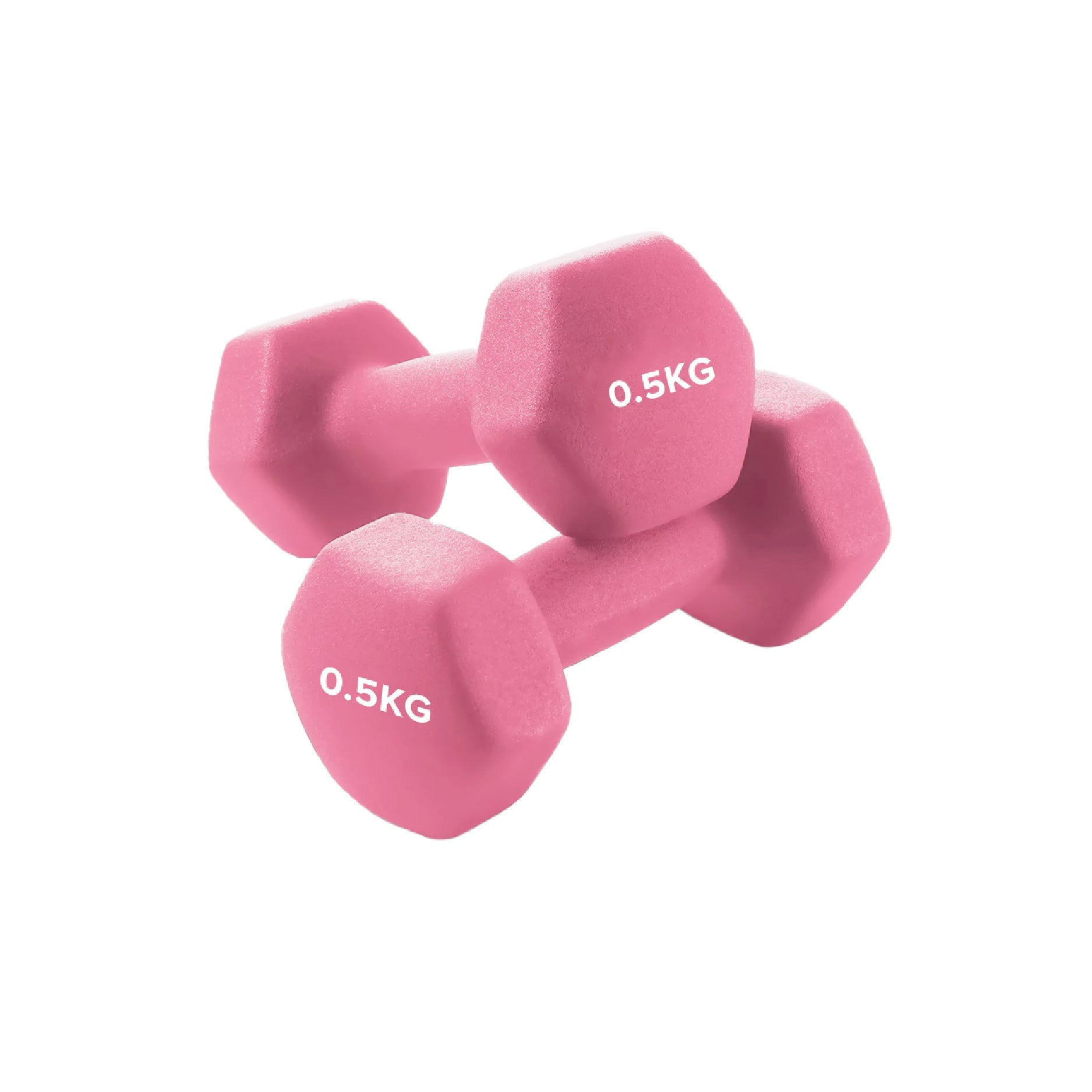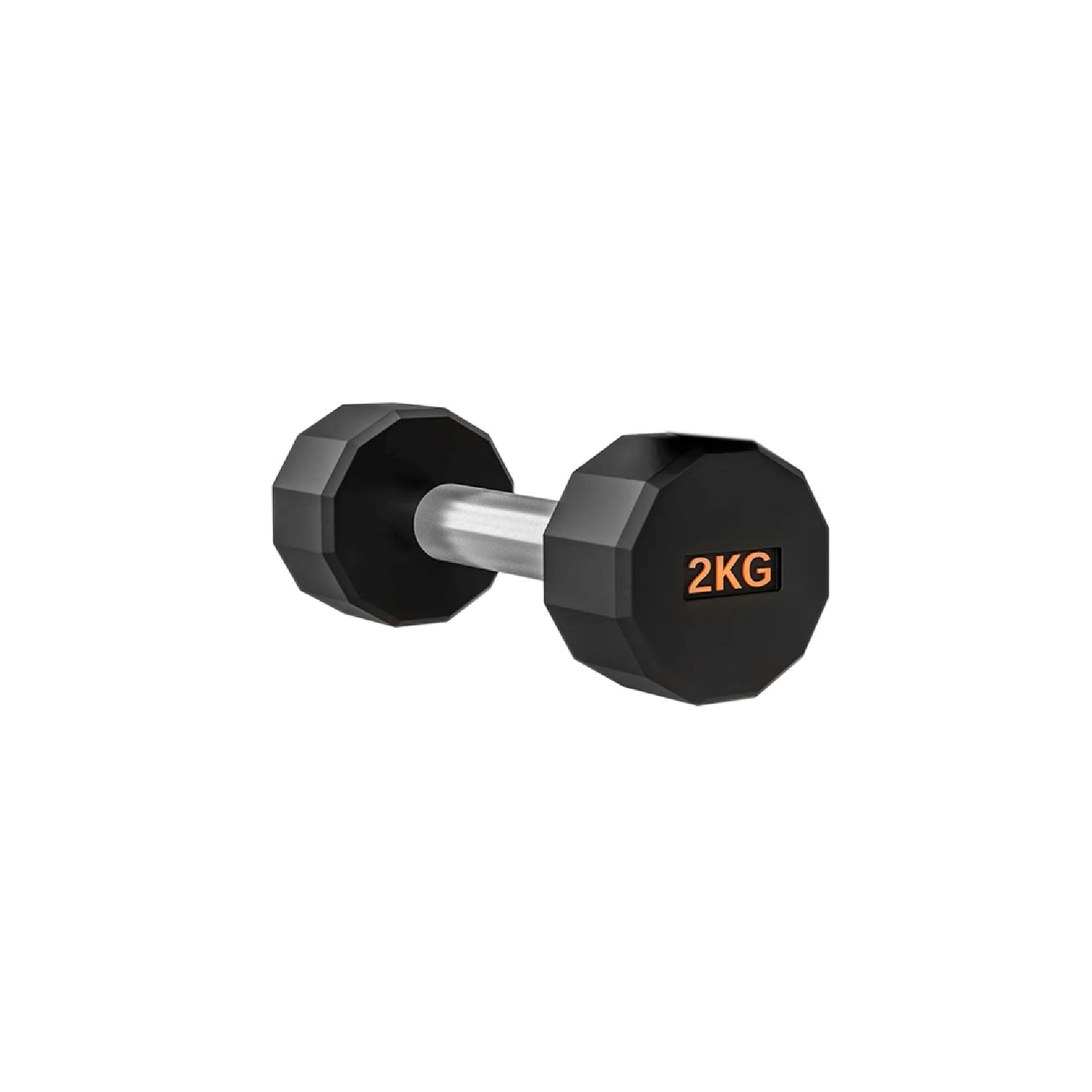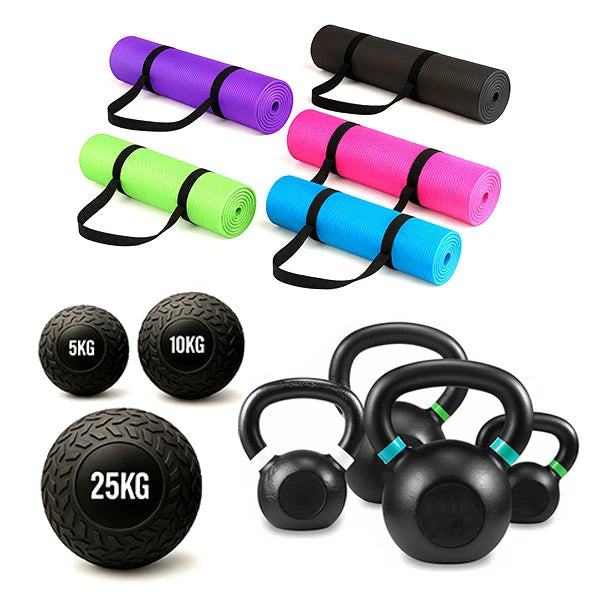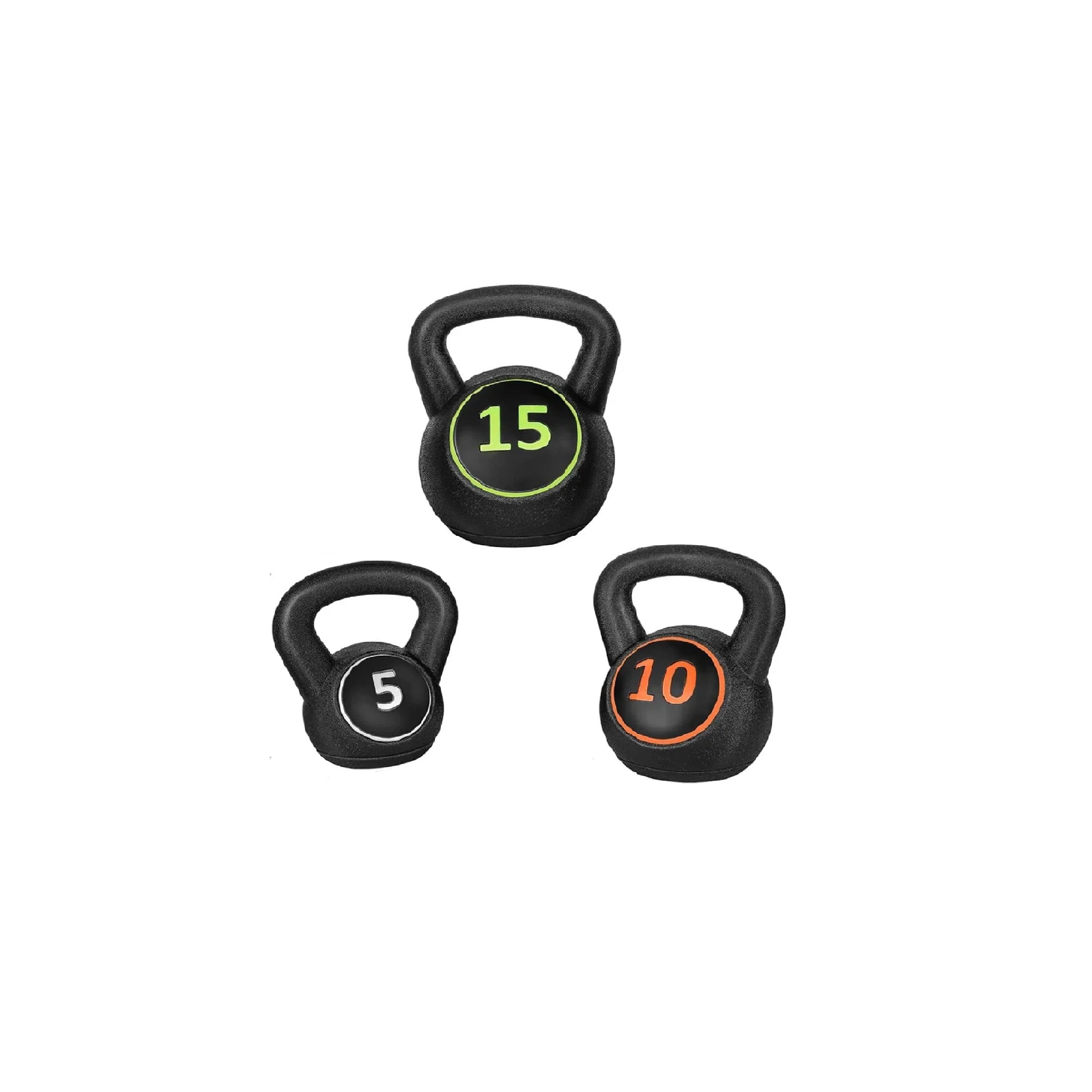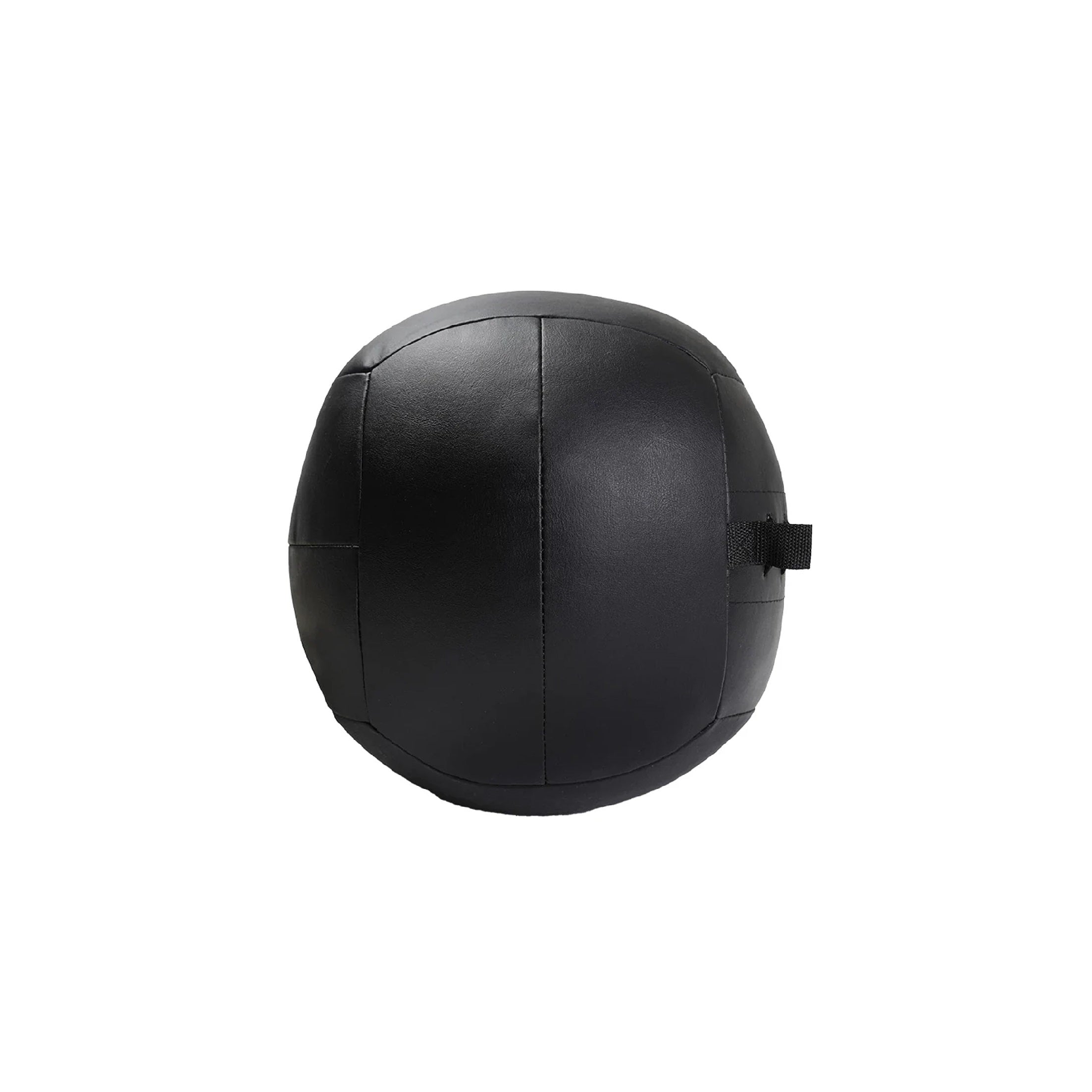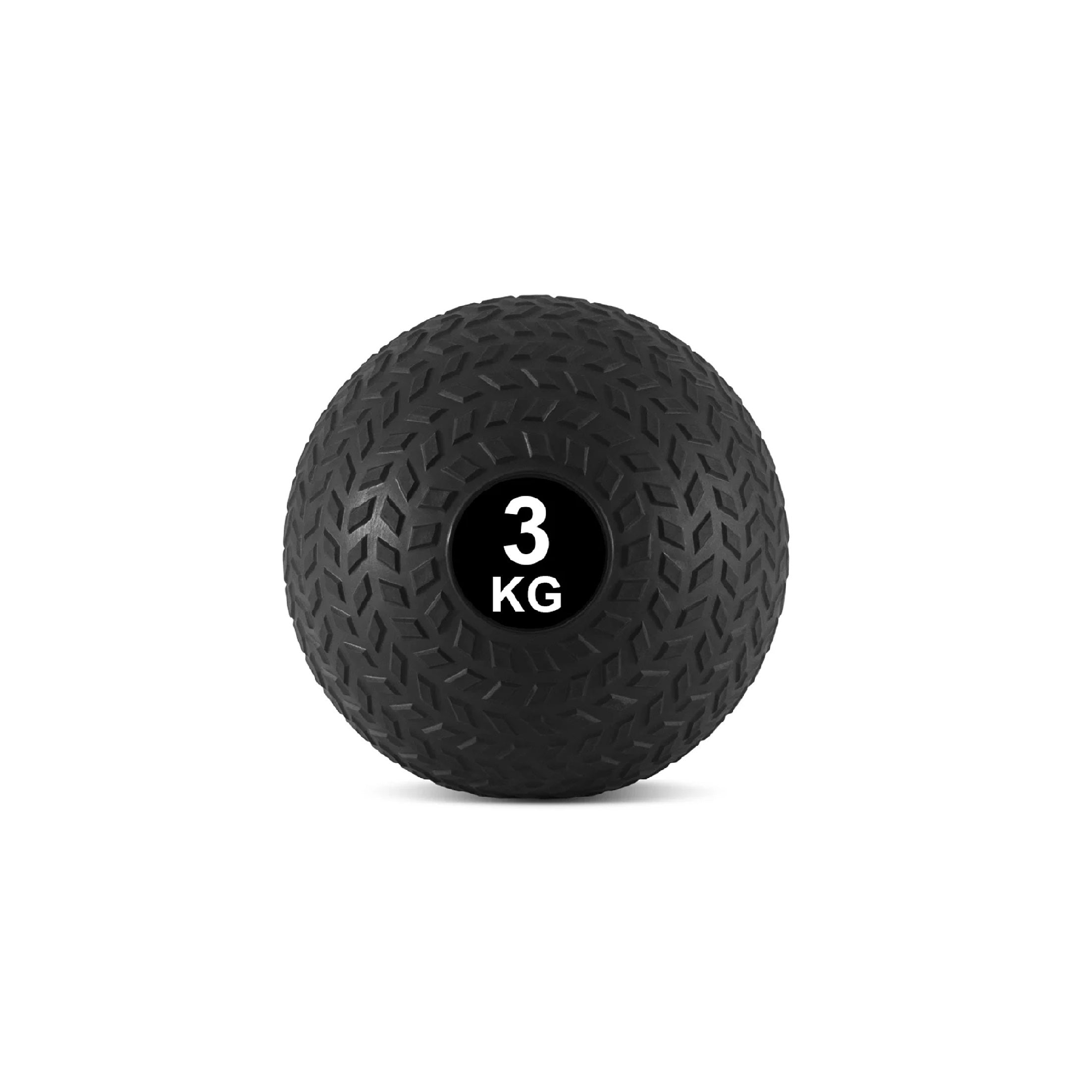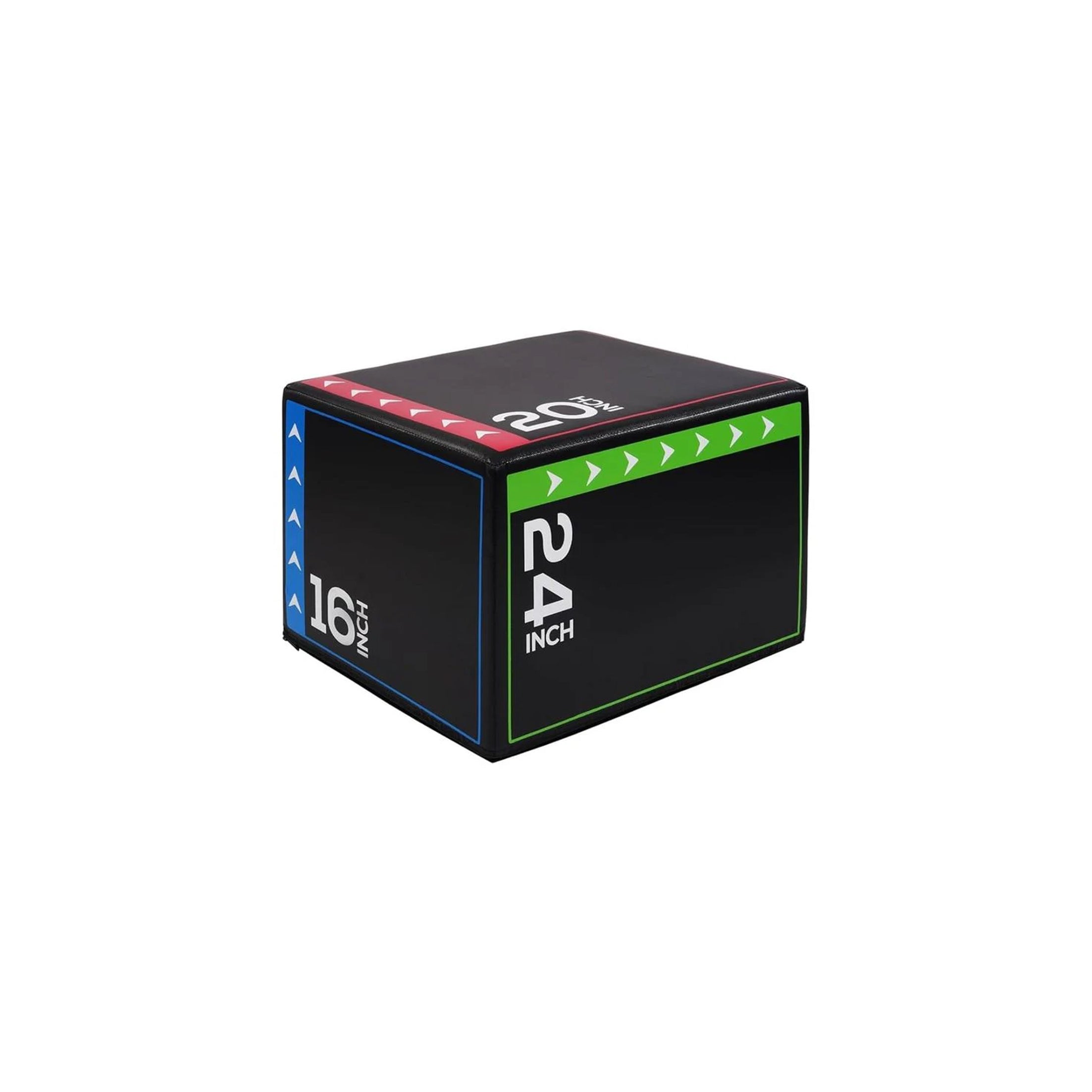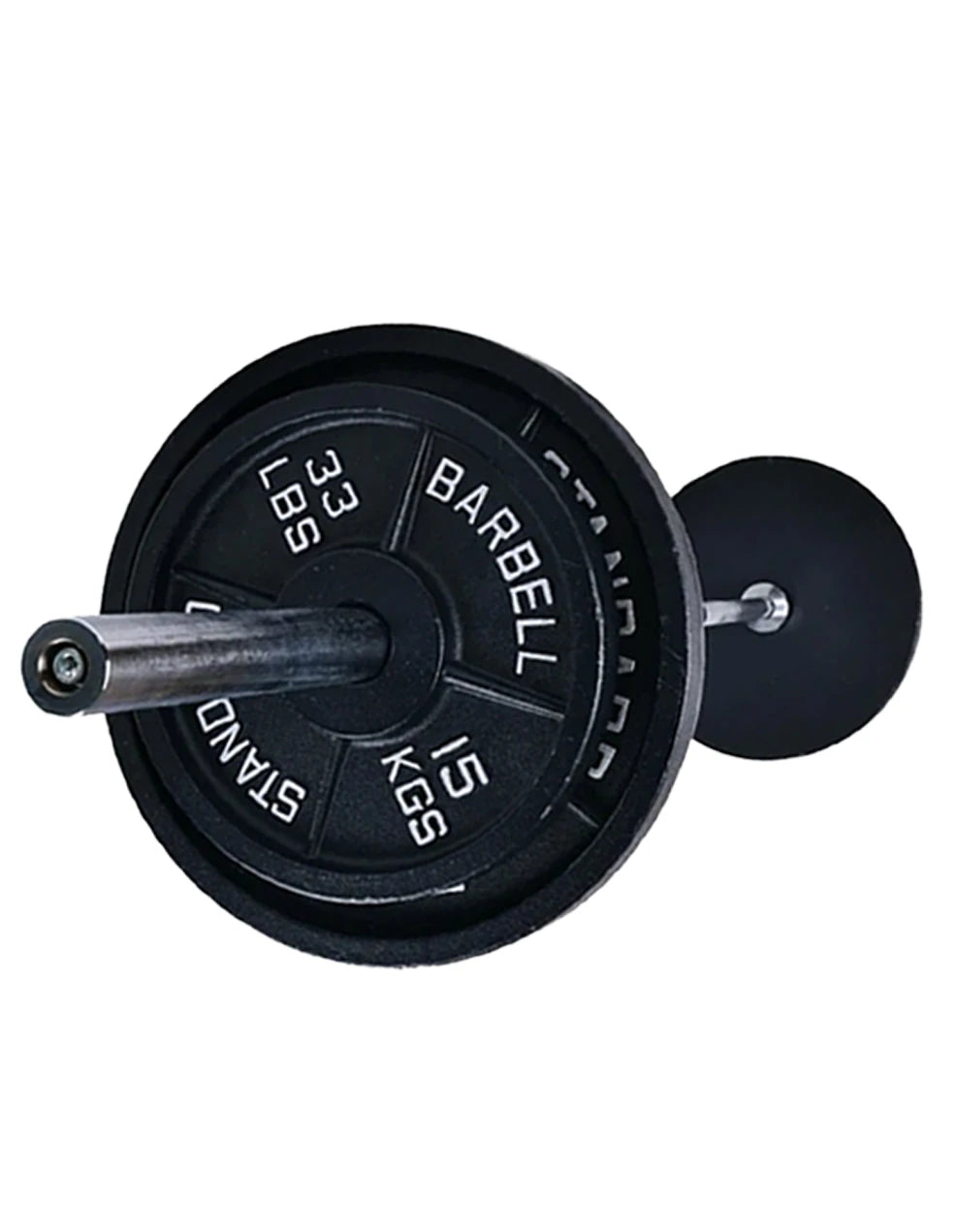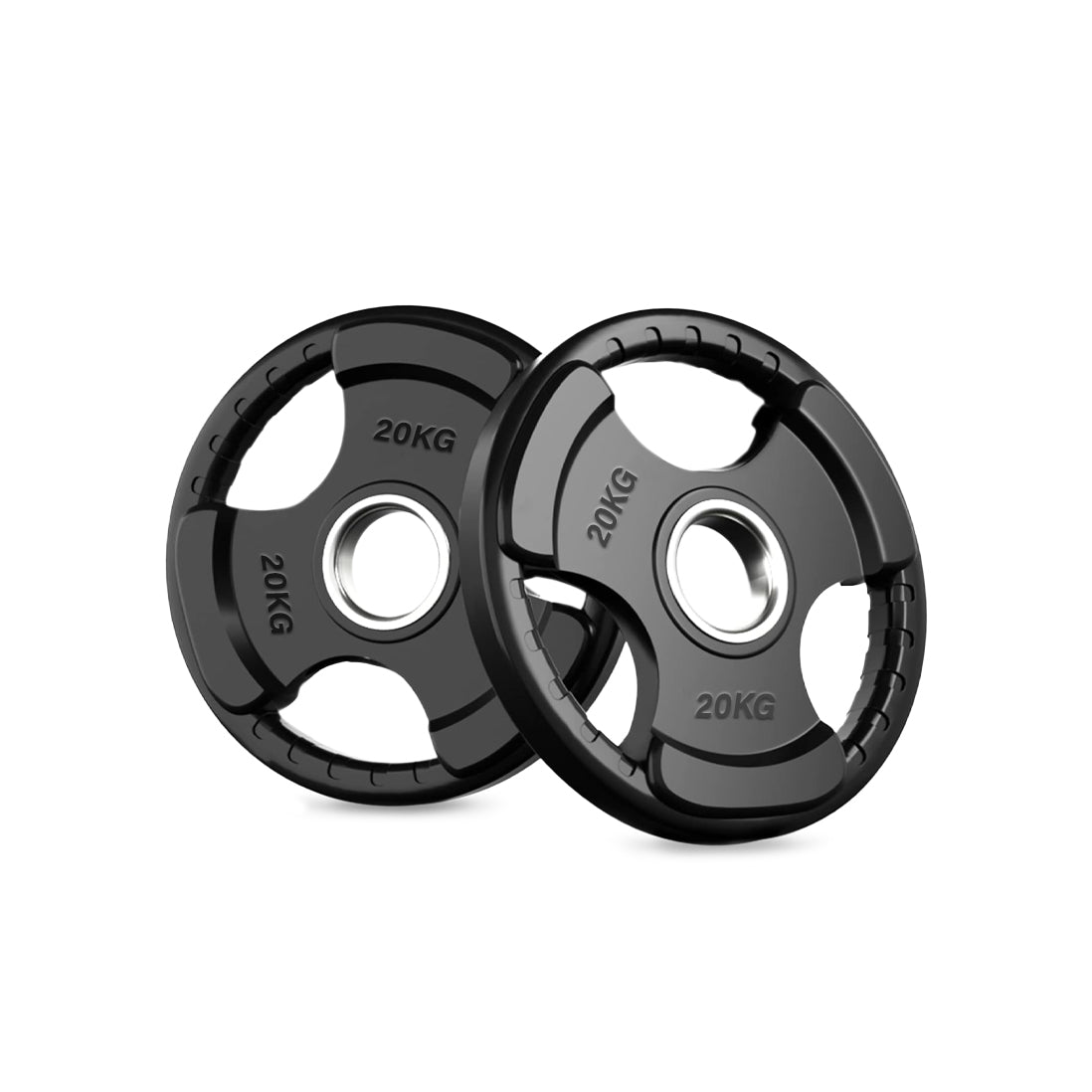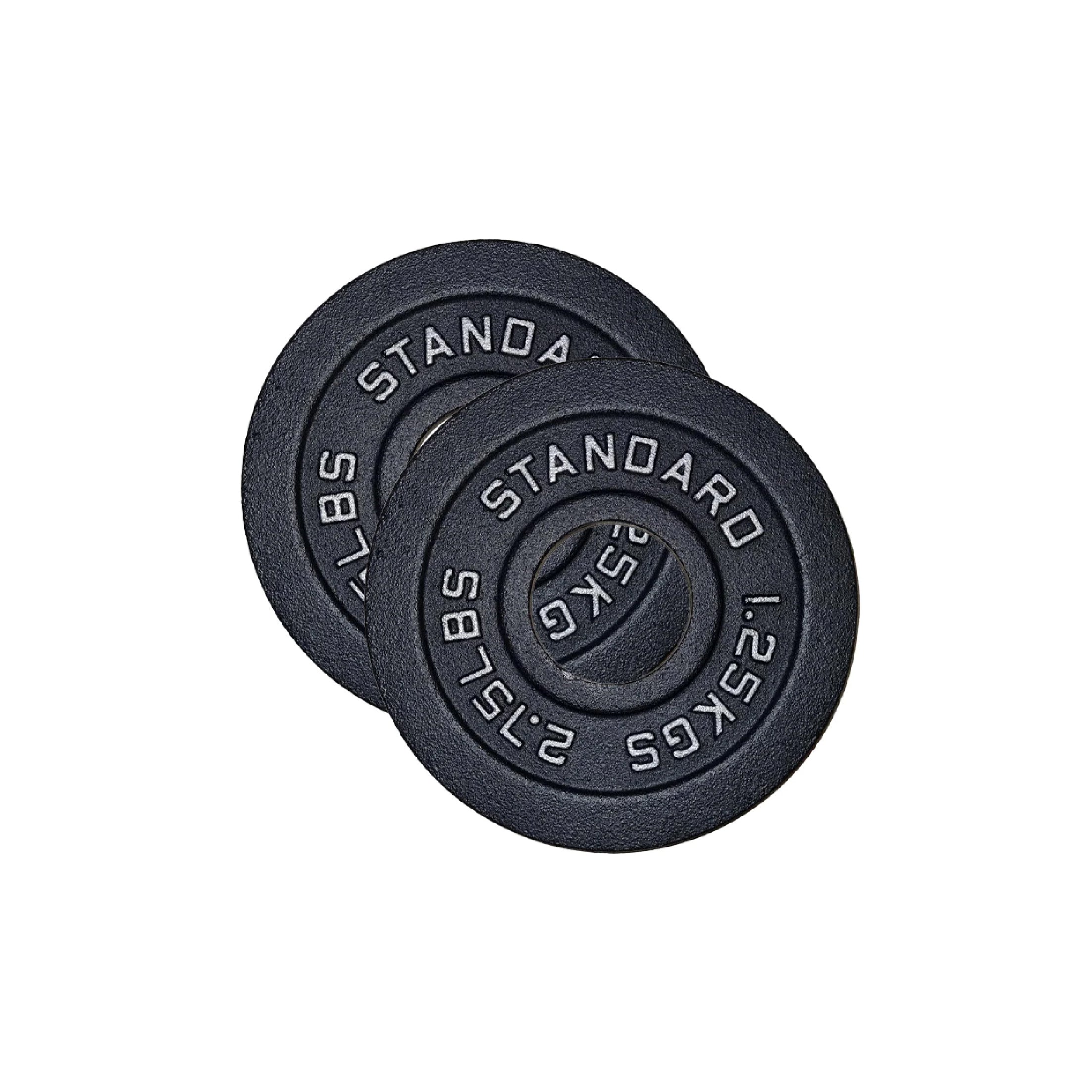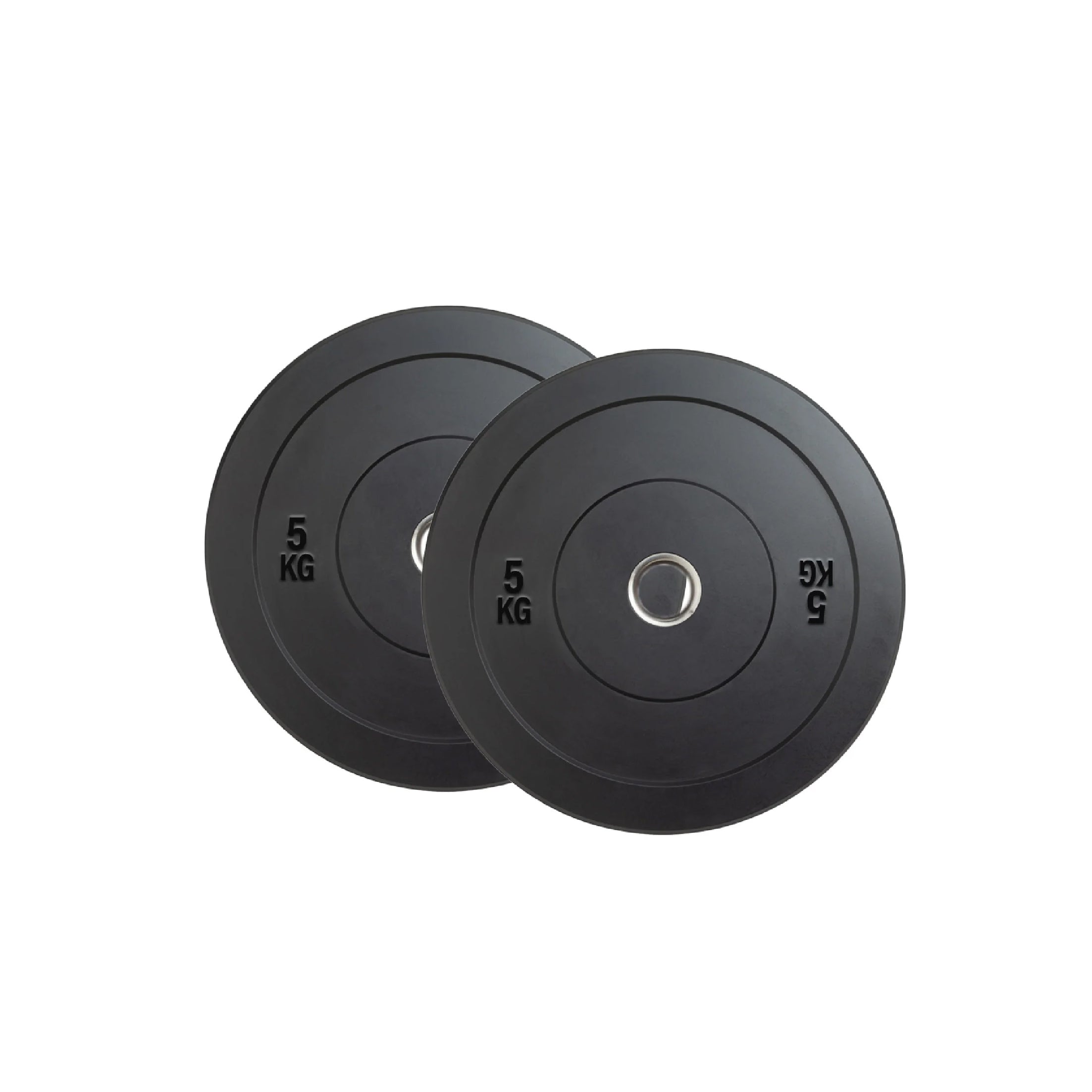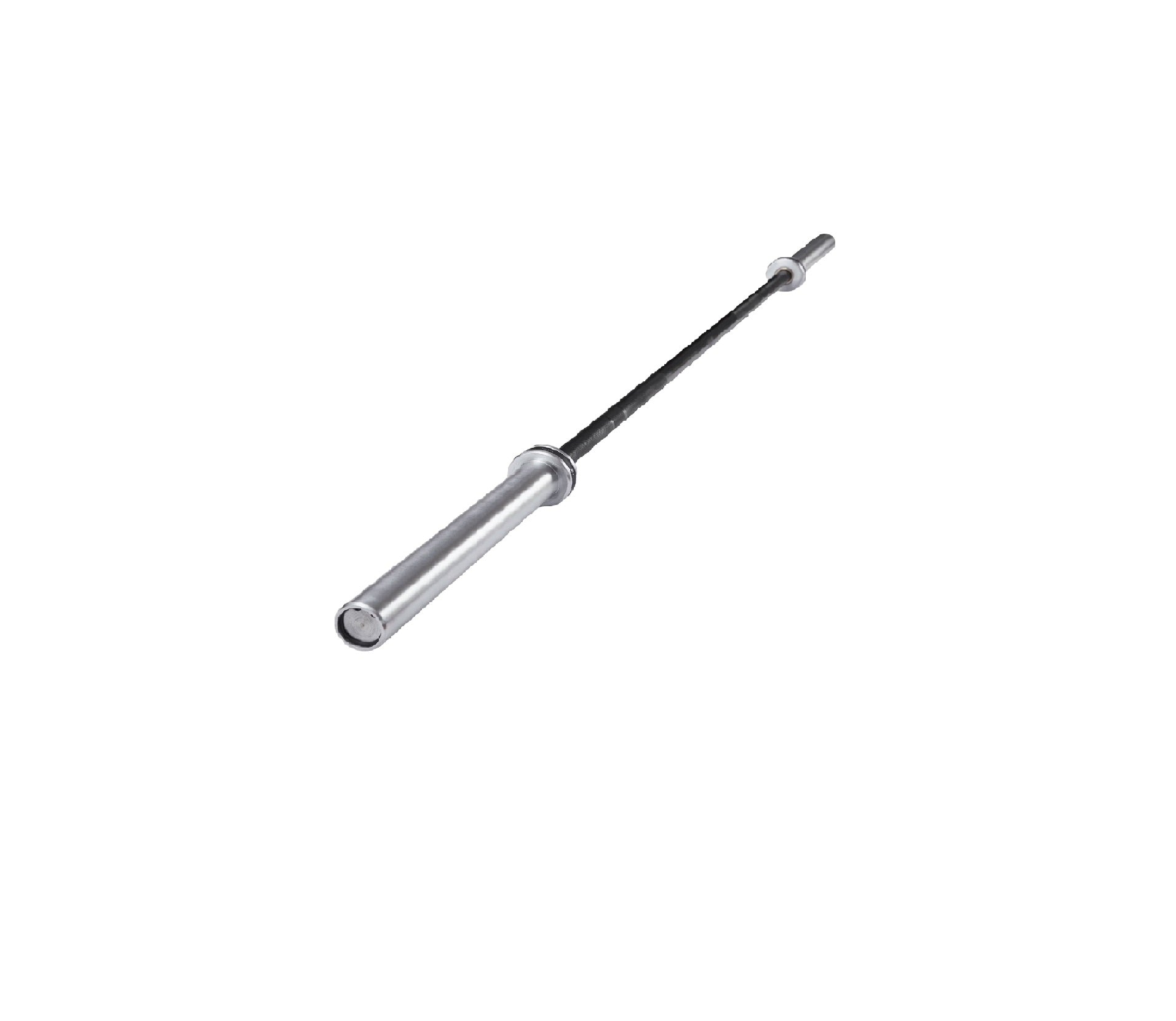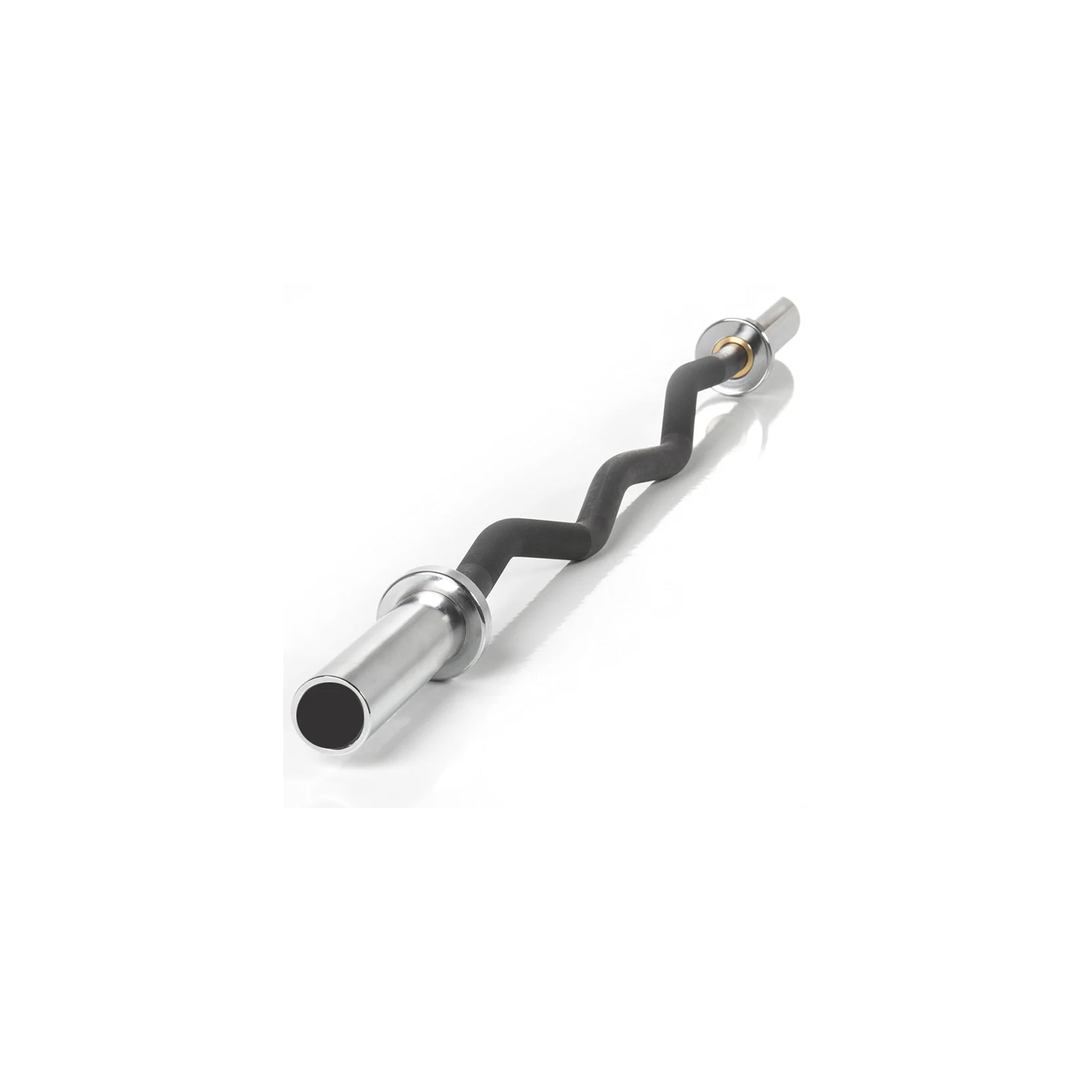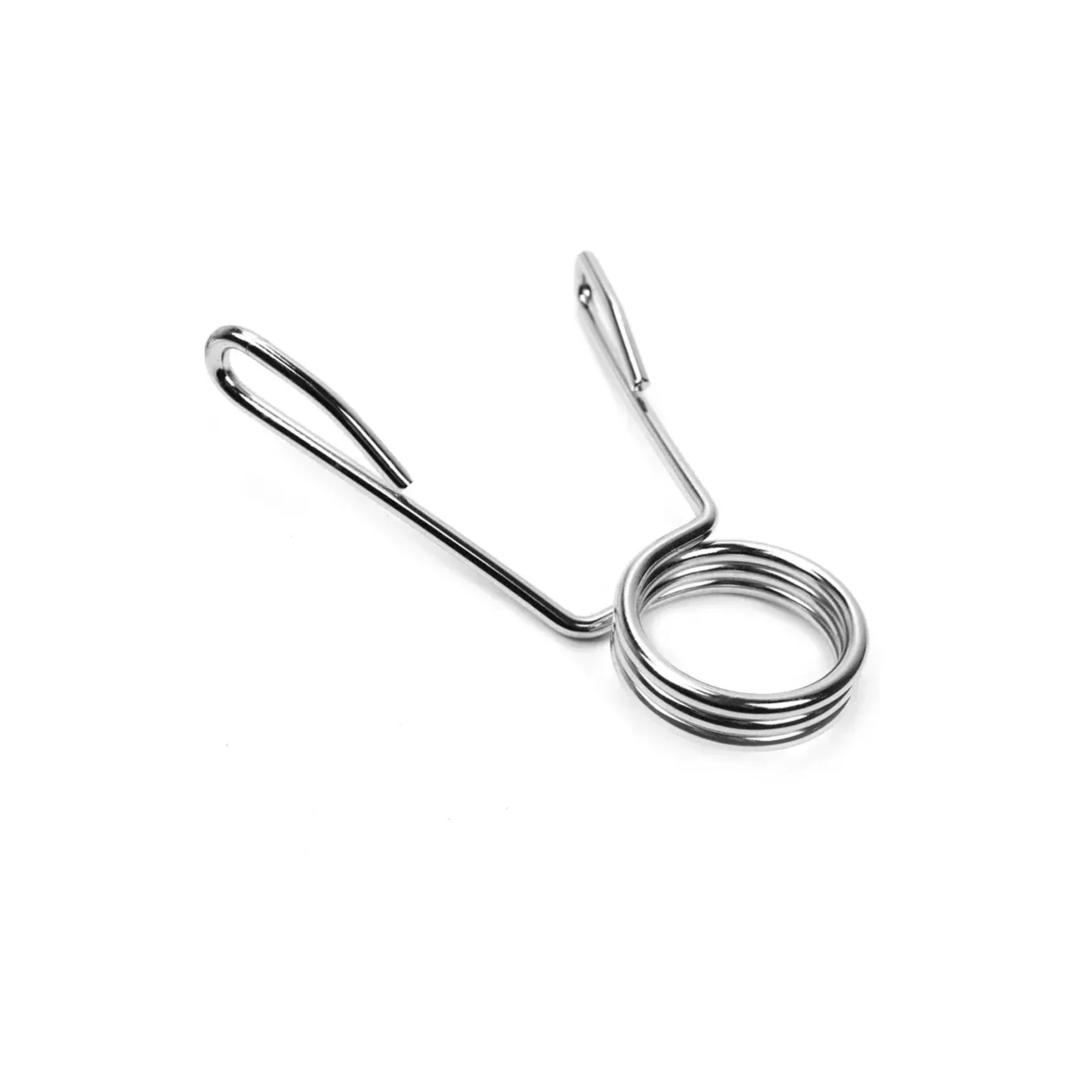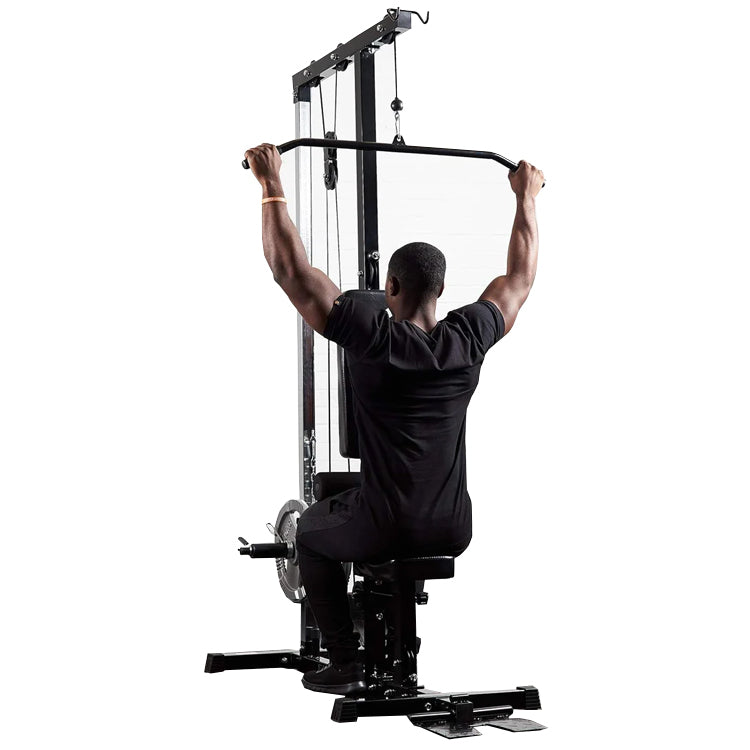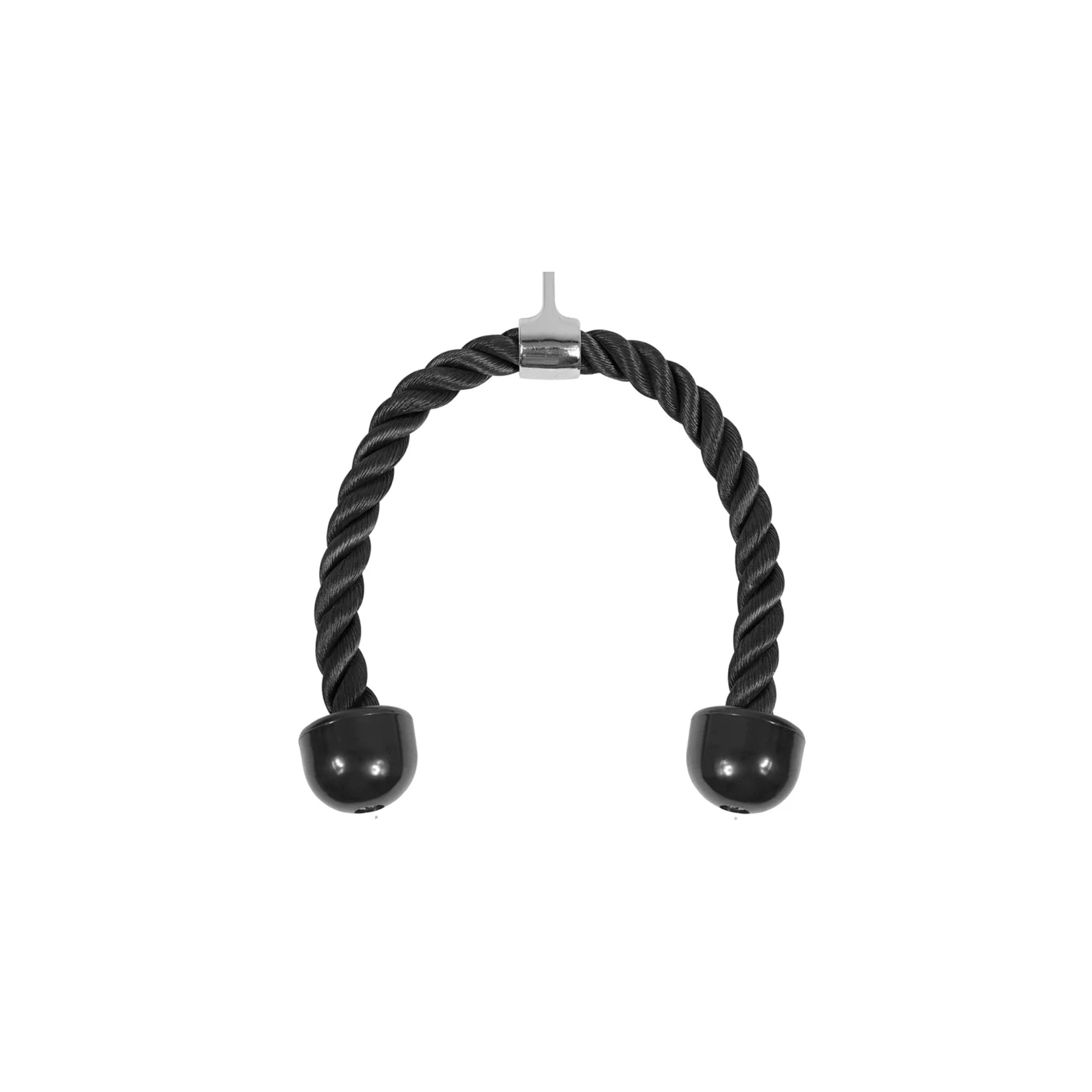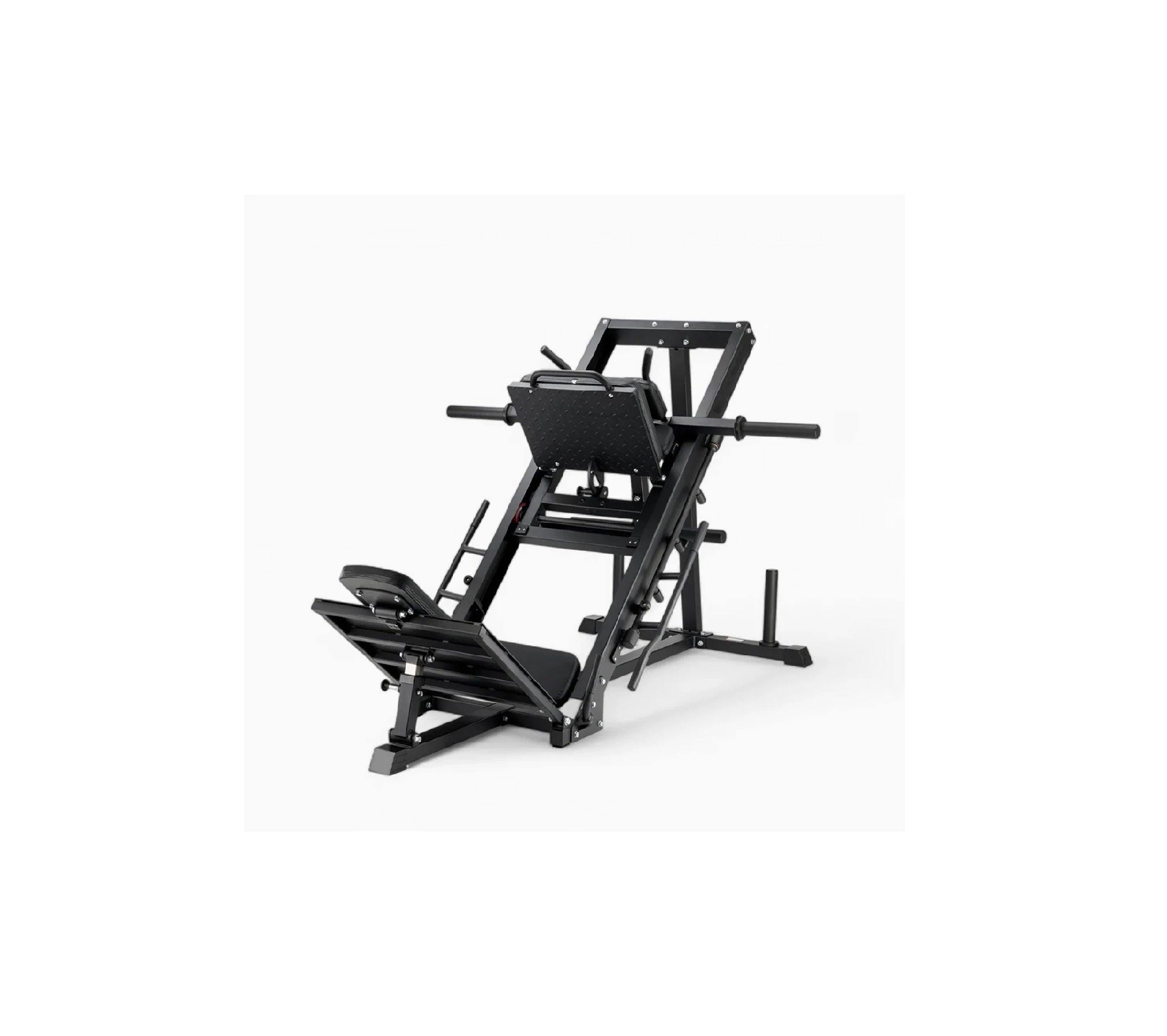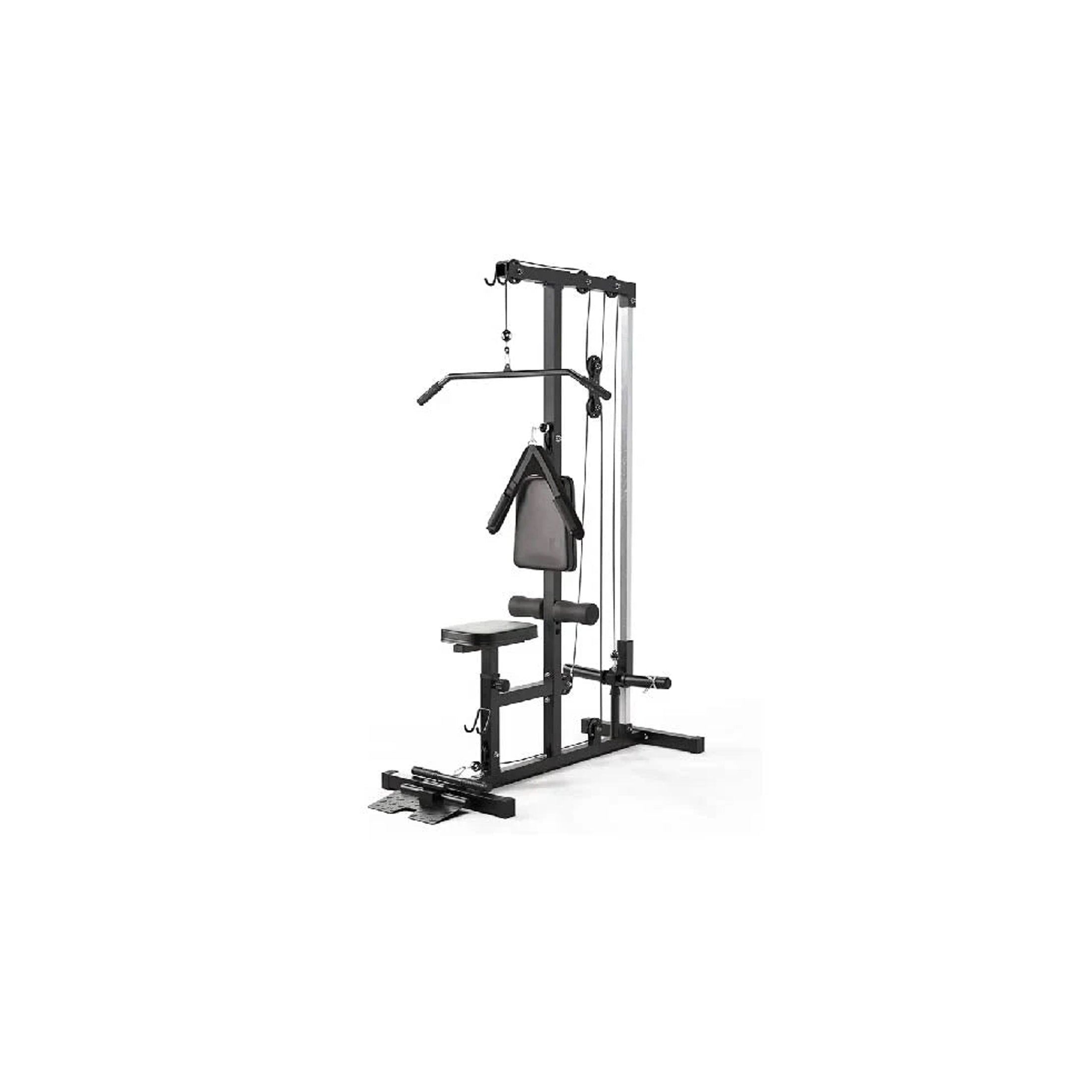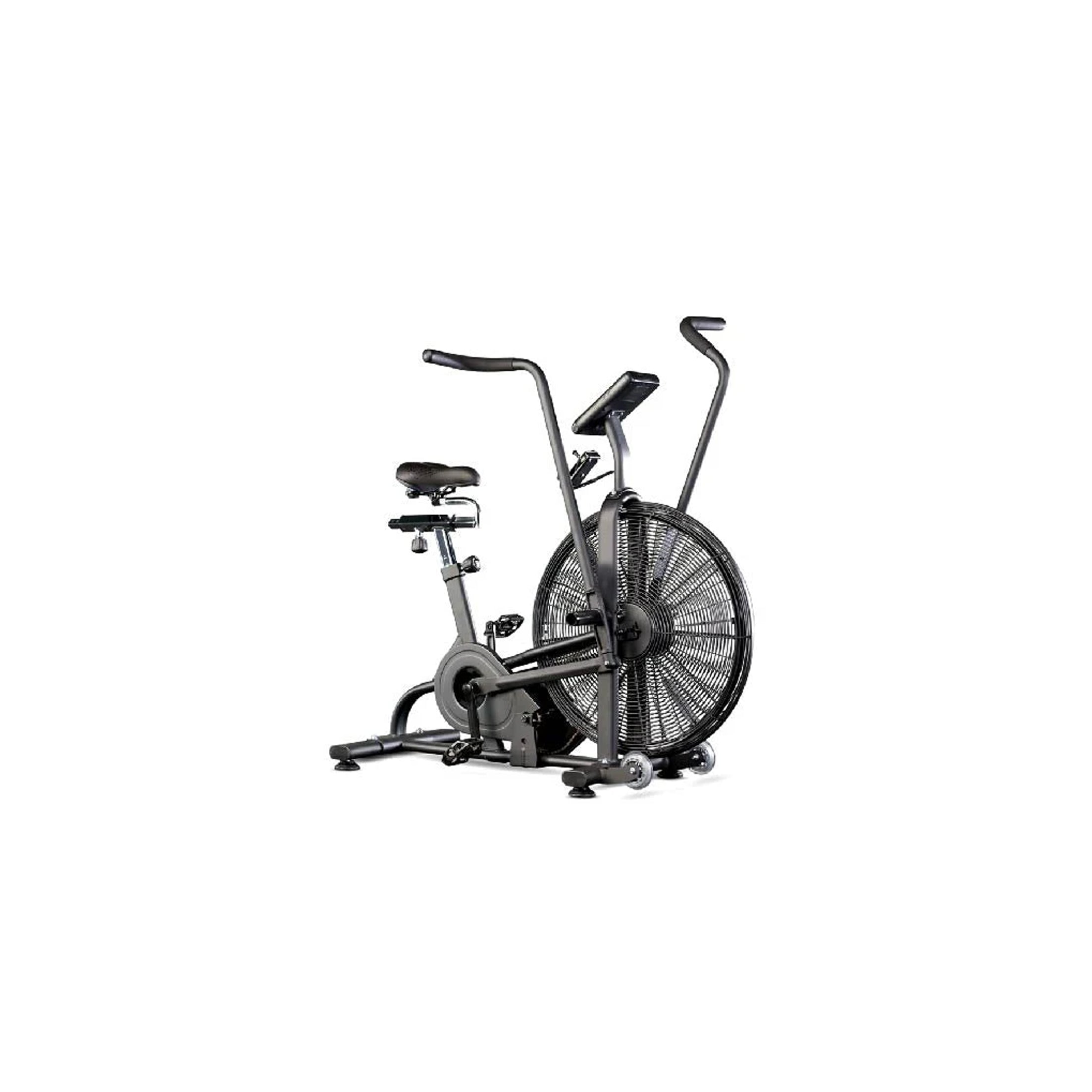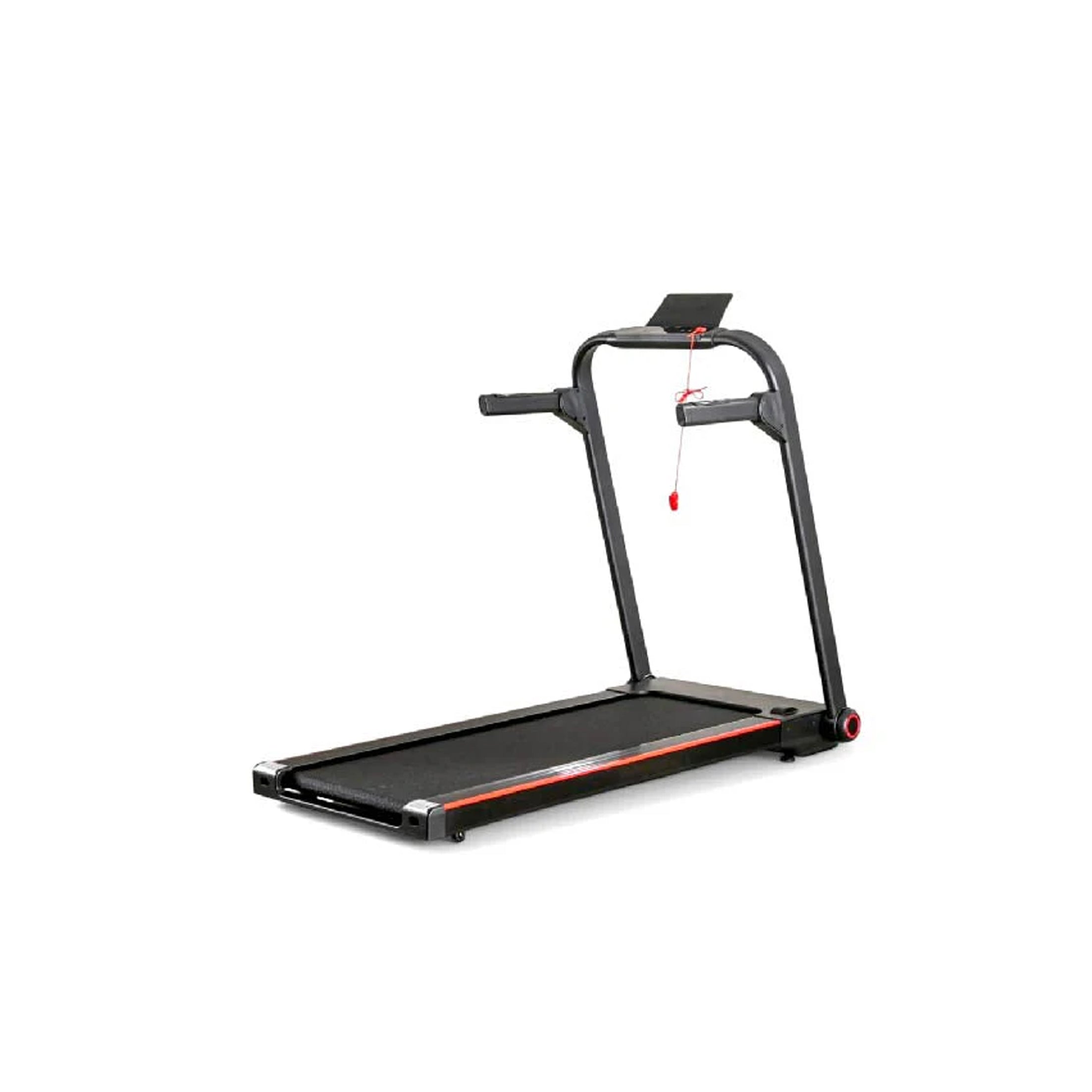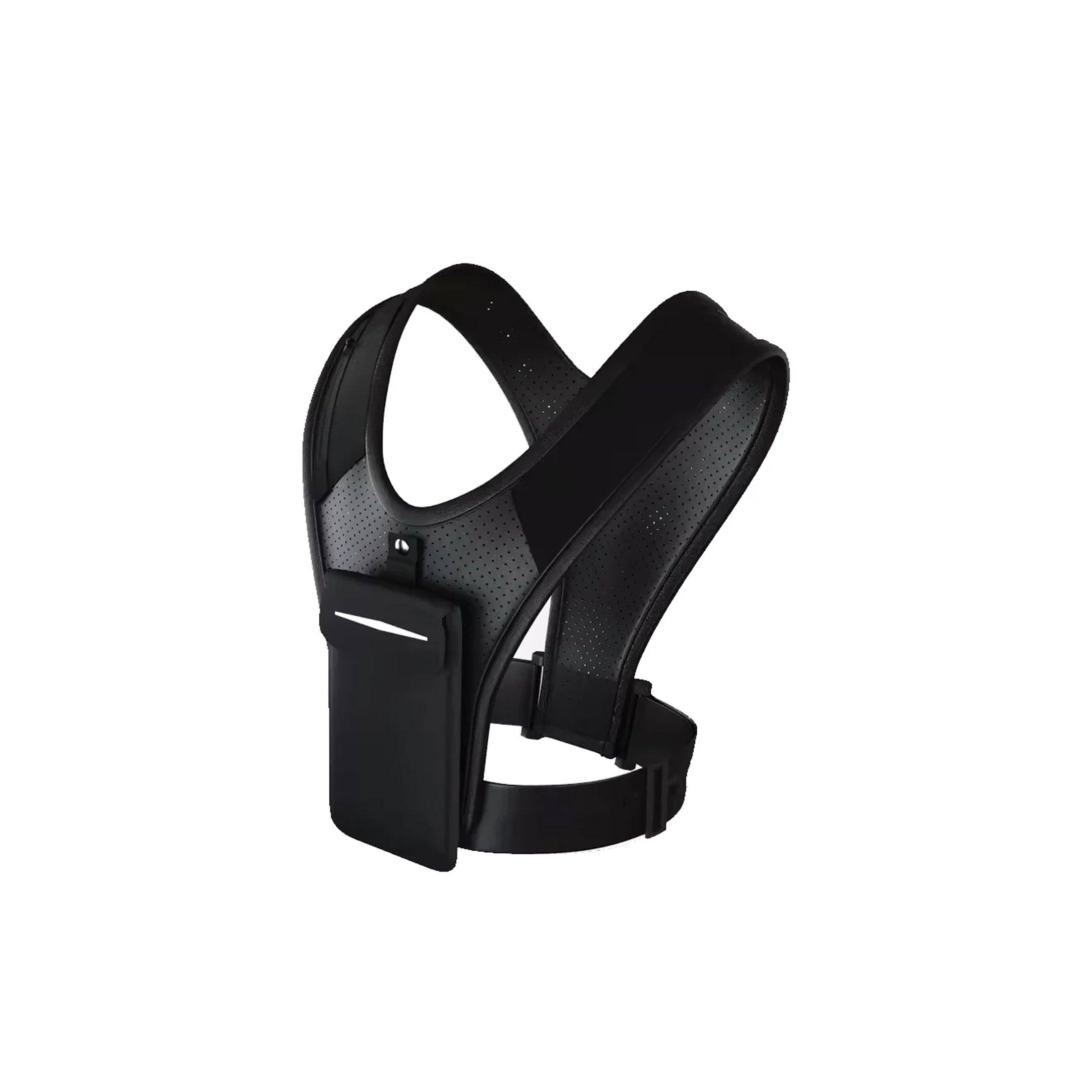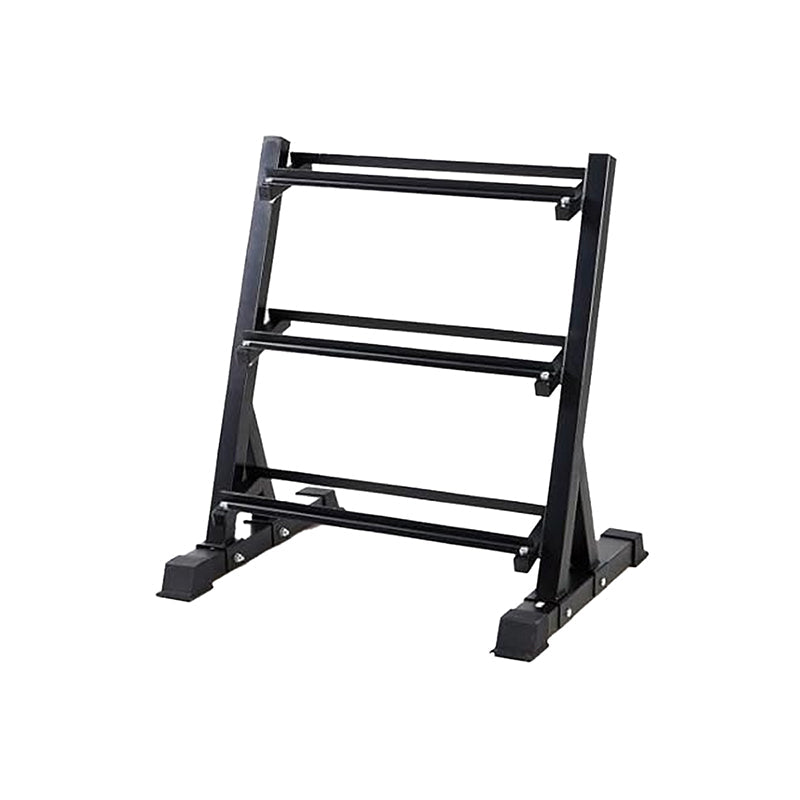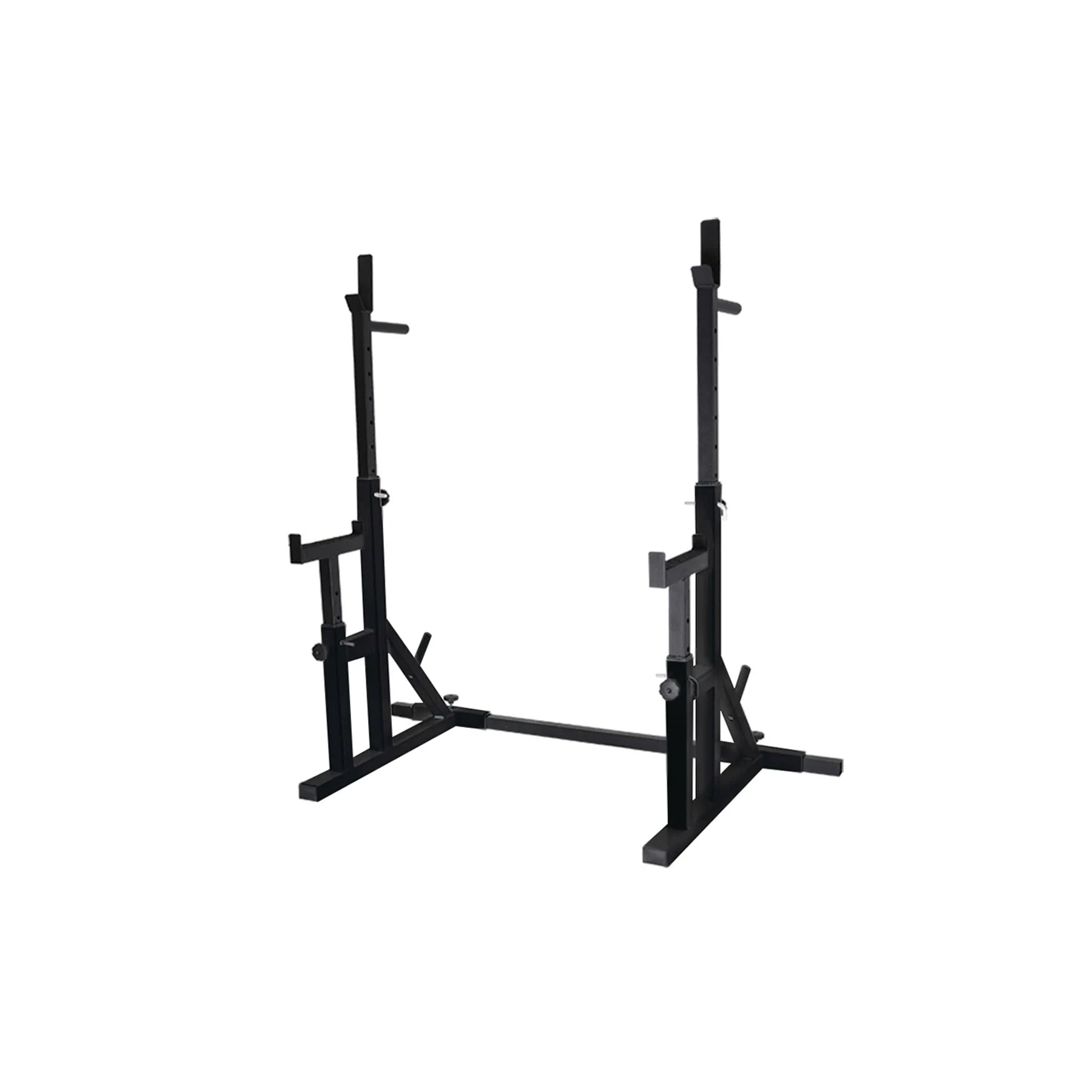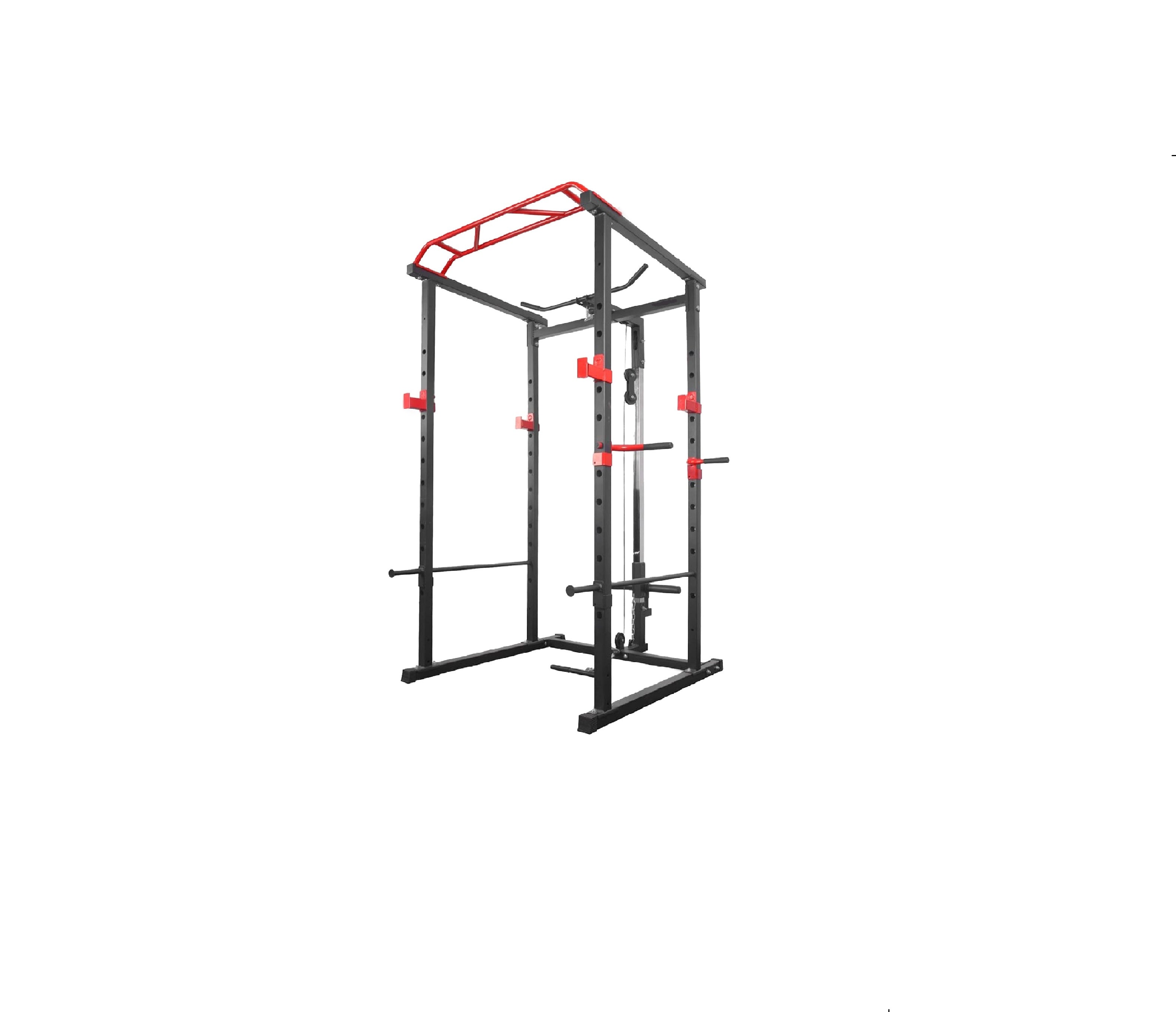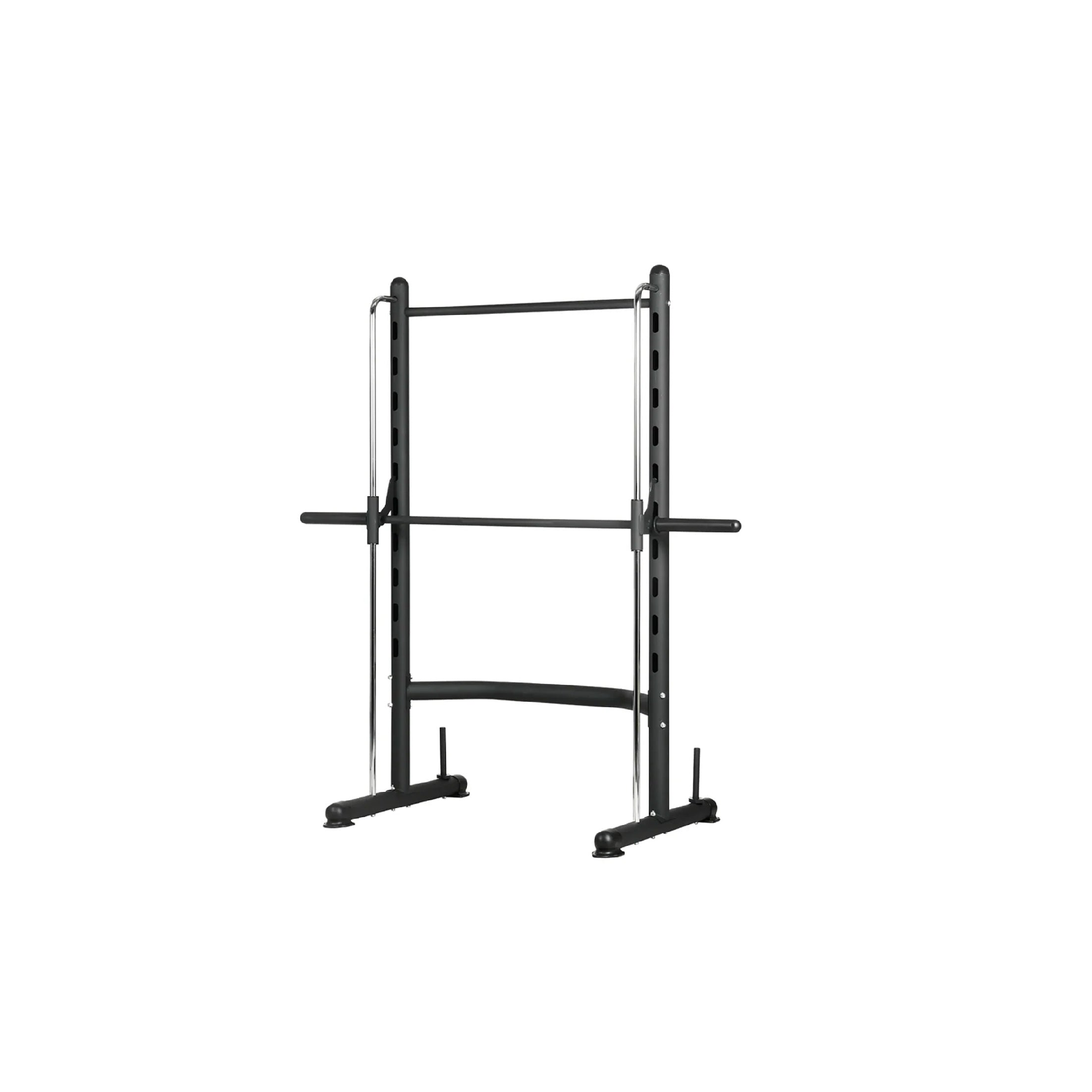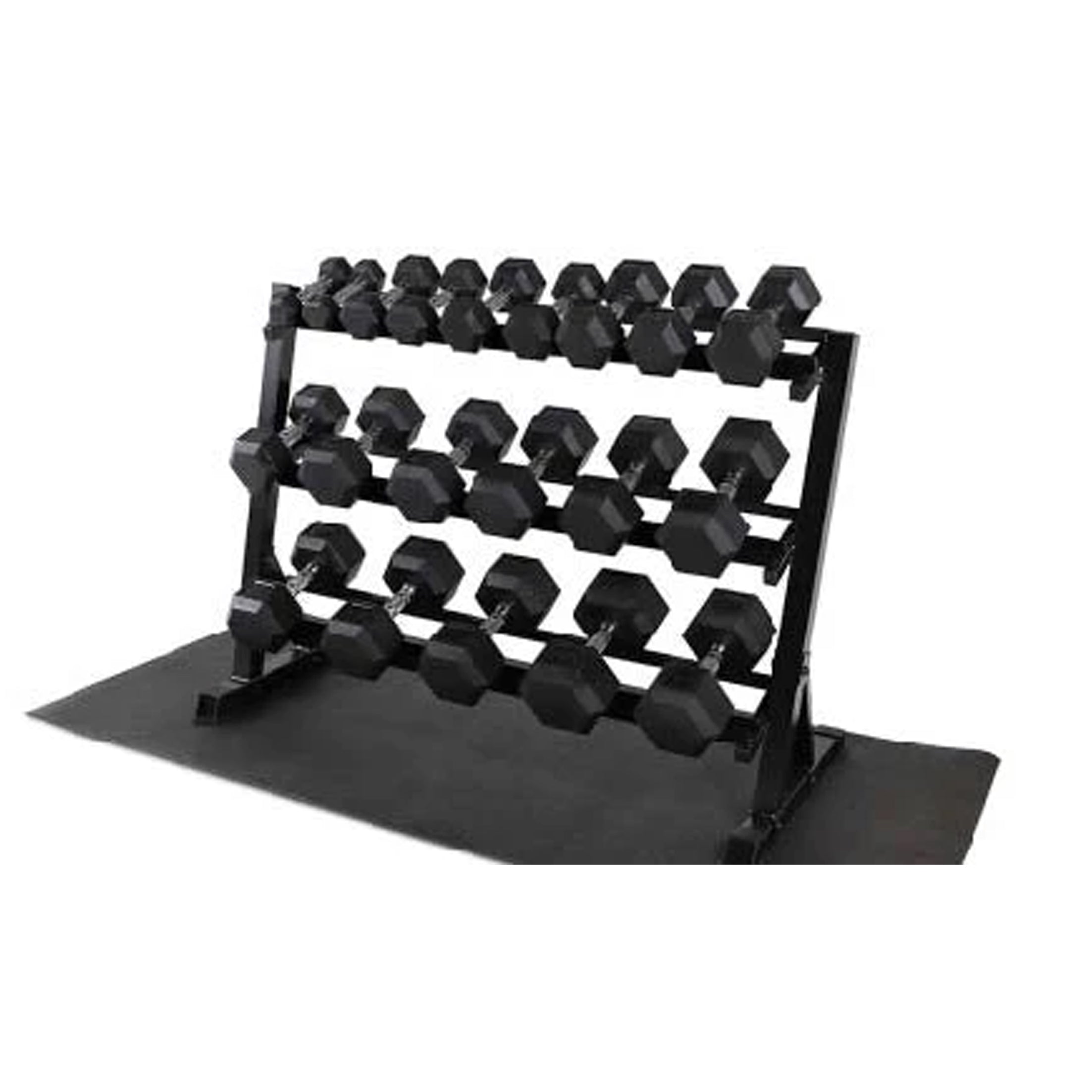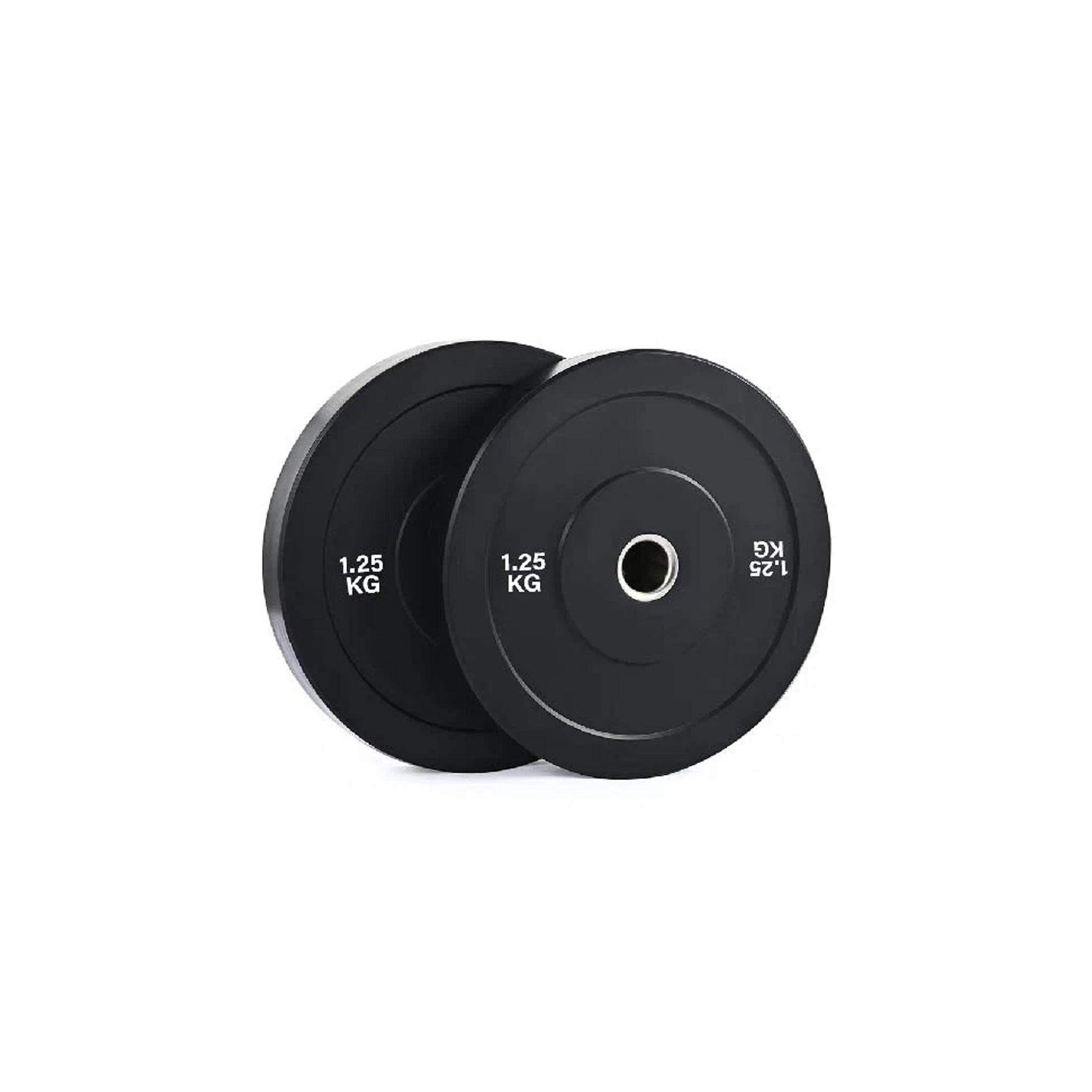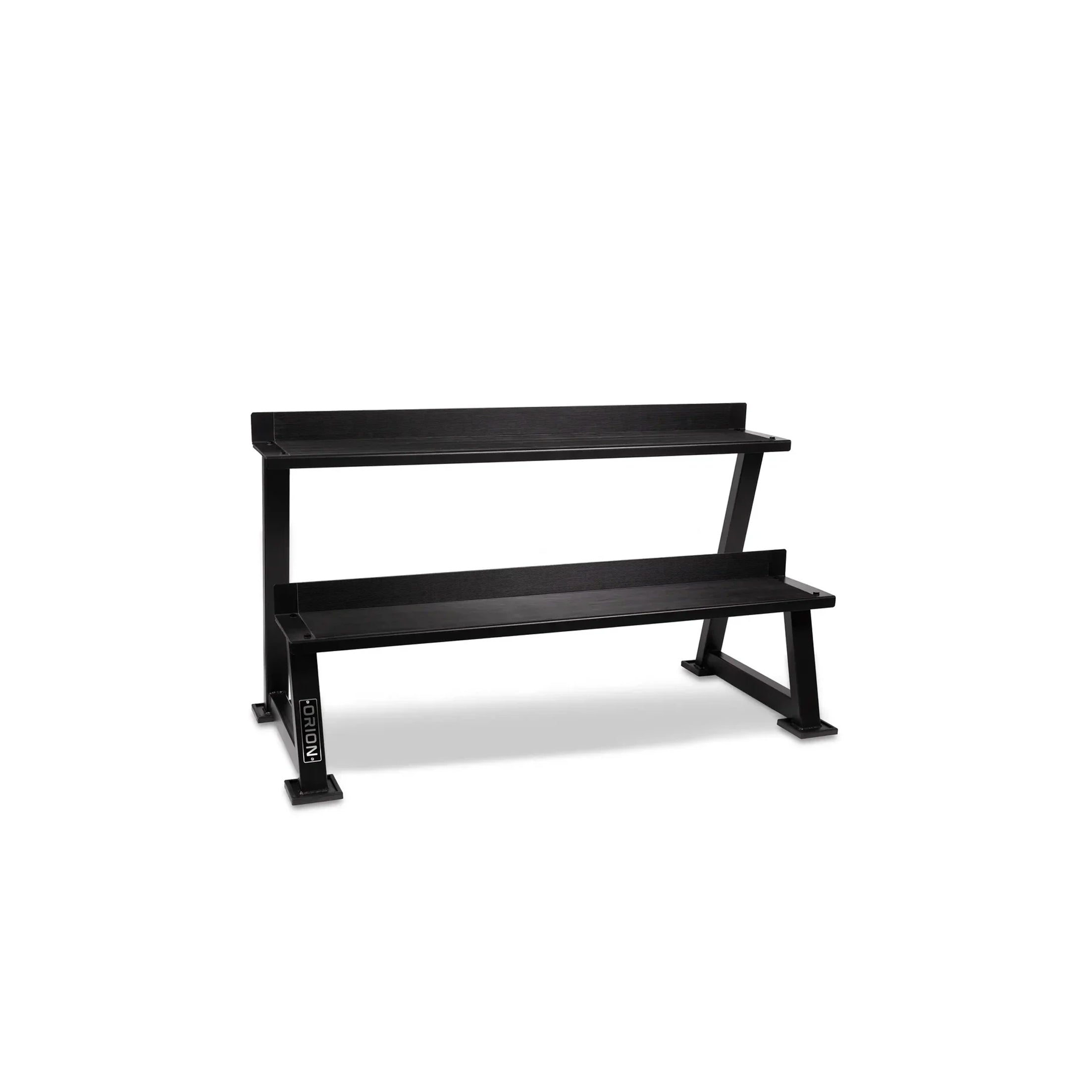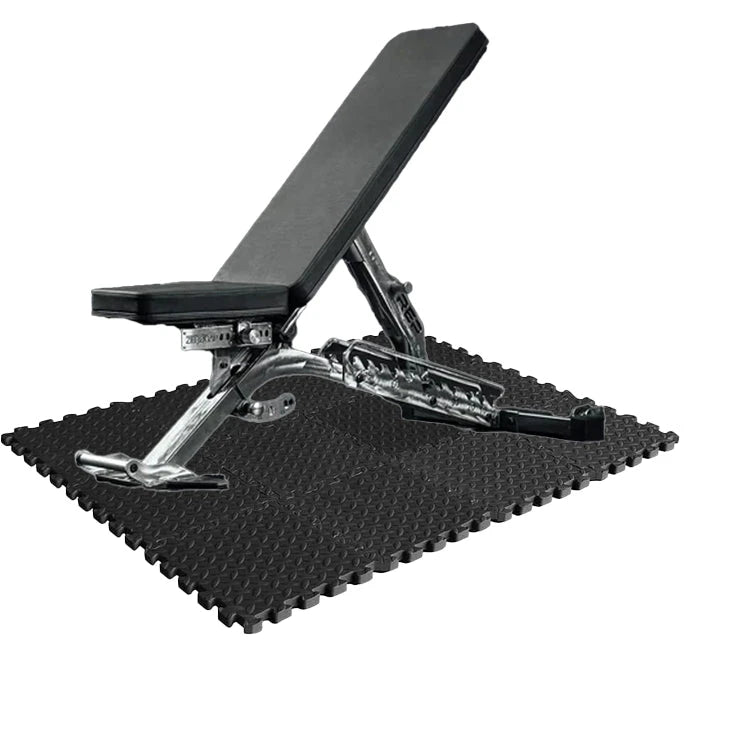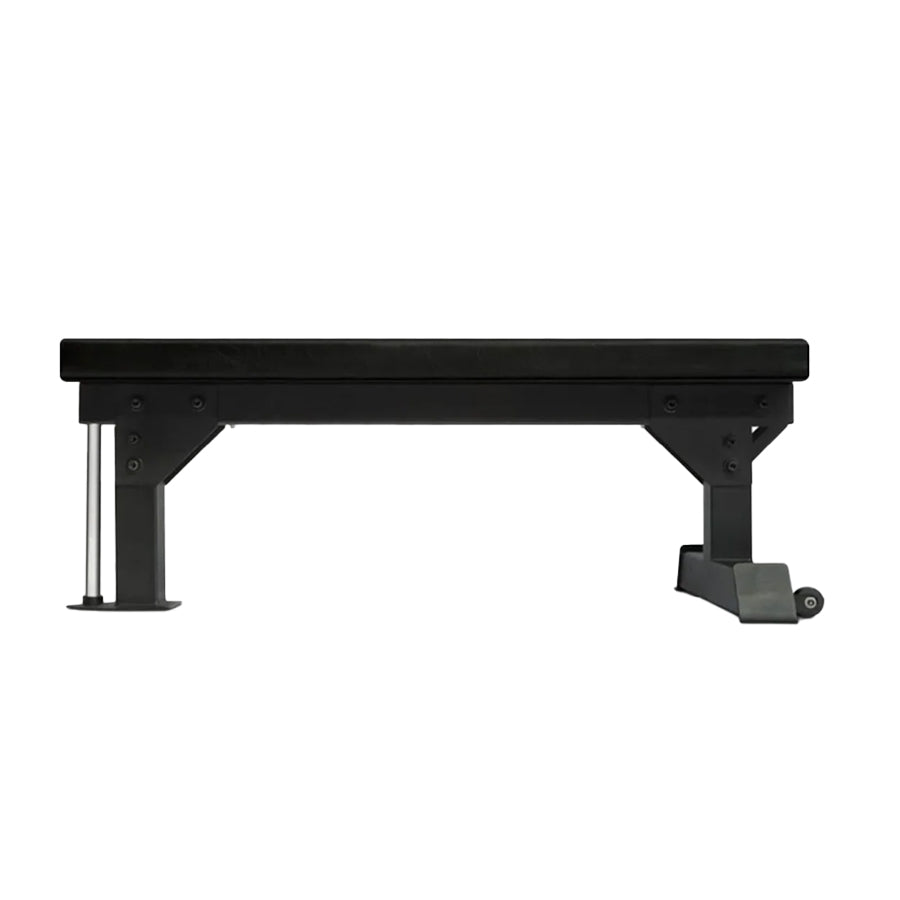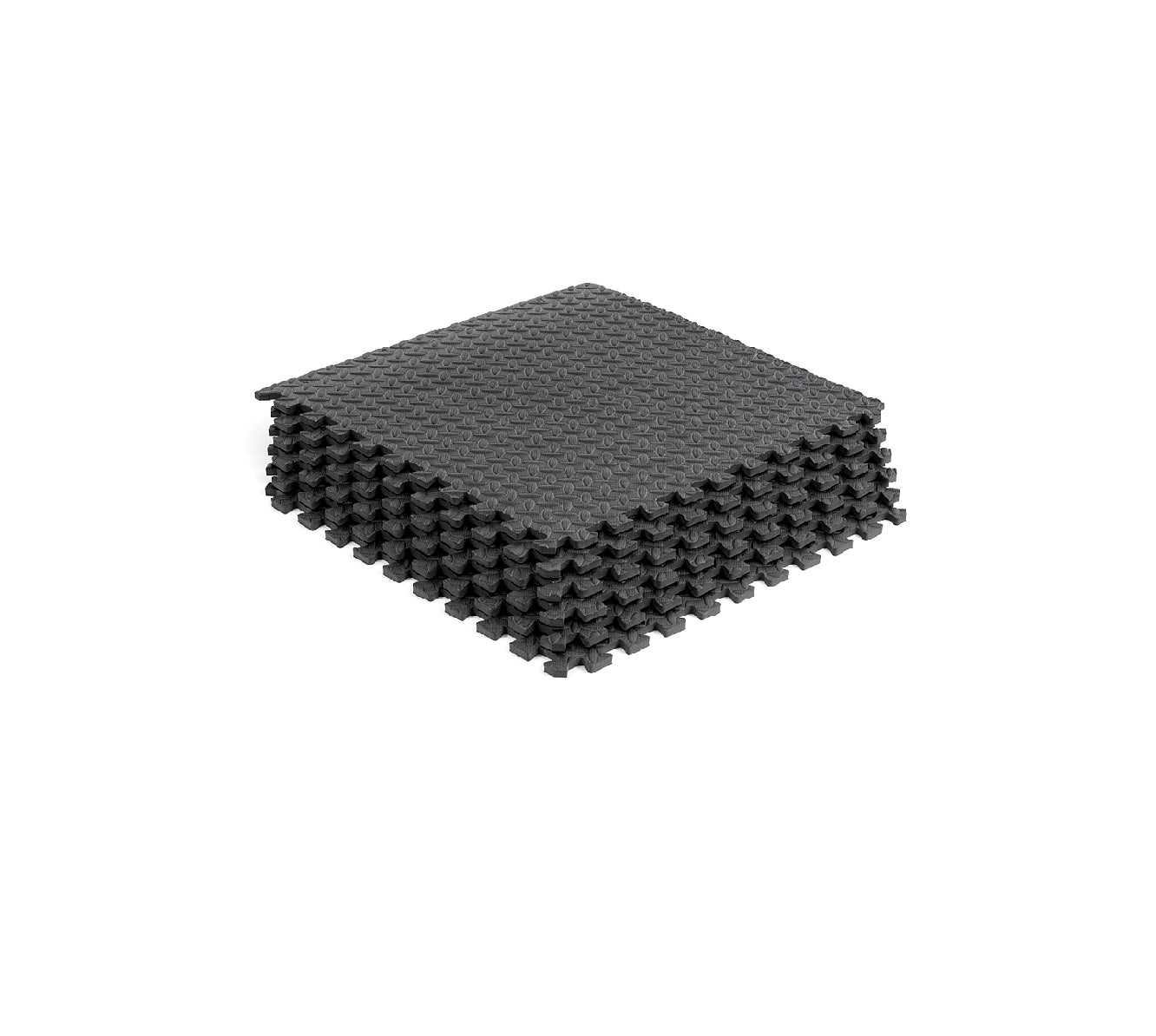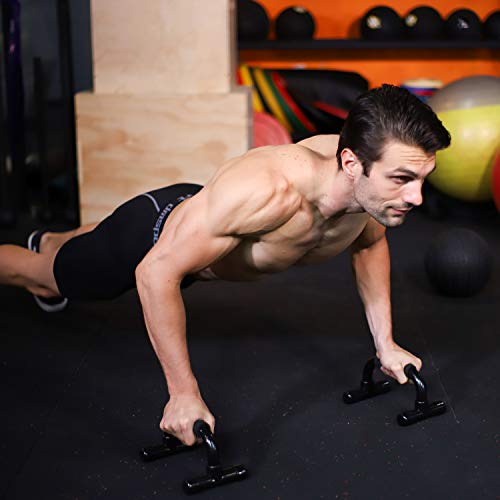
Push-Up Bar Workout Routine: Complete Guide for UK Fitness
Push-up bars have quietly become one of the most underrated pieces of fitness equipment in UK homes. While flashy gym machines grab attention, these simple tools deliver exceptional results for building chest strength, sculpting triceps, and developing a rock-solid core.
This comprehensive guide reveals how to harness the full potential of push-up bar workout routines. You'll discover proper techniques, targeted exercises for different muscle groups, and complete workout plans suitable for every fitness level. Whether you're working out in a cramped London flat or a spacious countryside home, these routines require minimal space but deliver maximum impact.
The beauty of push-up bars lies in their simplicity and effectiveness. By elevating your hands above ground level, they increase your range of motion, allowing for deeper muscle engagement than traditional floor push-ups. This enhanced range translates to better muscle activation, improved flexibility, and accelerated strength gains.
Why Push-Up Bars Outperform Standard Push-Ups
Push-up bars offer several distinct advantages over conventional floor exercises. The elevated position allows your chest to dip below your hands, creating a deeper stretch and greater muscle activation. This increased range of motion targets muscle fibers that standard push-ups often miss.
The neutral wrist position provided by push-up bars eliminates the strain many people experience during floor push-ups. This ergonomic benefit makes workouts more comfortable and sustainable, particularly for those with wrist sensitivity or previous injuries.
2x Push Up Bars also engage stabilizing muscles more effectively than floor exercises. The slight instability requires your core, shoulders, and arms to work harder to maintain balance and control throughout each movement.
Mastering Proper Push-Up Bar Technique
Proper form serves as the foundation for all effective push-up bar exercises. Start by positioning the bars shoulder-width apart, ensuring they're stable and won't slip during your workout.
Grip the handles firmly with your palms facing down. Your body should form a straight line from head to heels, with your core engaged and shoulders positioned directly over your hands.
Descent Phase: Lower your body slowly and controlled, allowing your chest to dip below the level of your hands. This deeper range of motion maximizes muscle engagement and builds greater strength than shallow repetitions.
Ascent Phase: Push through your palms to return to the starting position, maintaining that straight body alignment throughout the movement. Focus on smooth, controlled motions rather than rushing through repetitions.
Common mistakes include allowing your hips to sag, flaring your elbows too wide, or rushing through the movement. Each repetition should take 2-3 seconds down and 1-2 seconds up for optimal muscle engagement.
Targeted Muscle Development
Chest Muscles
Push-up bars excel at developing the pectoral muscles through their enhanced range of motion. The deeper stretch activates both the upper and lower portions of your chest more effectively than floor push-ups.
Wide-grip variations emphasize the outer chest, while closer hand positions target the inner pectoral muscles. Diamond push-ups on bars create intense inner chest activation while simultaneously challenging your triceps.
Triceps Development
The triceps receive significant stimulation during all push-up bar exercises, but specific variations can maximize their development. Close-grip positions and diamond formations place primary emphasis on the triceps while maintaining chest engagement.
Tricep-focused movements on push-up bars provide superior muscle activation compared to many isolation exercises, making them incredibly efficient for arm development.
Core Strength
Every push-up bar exercise demands core stability to maintain proper form. Your abdominal muscles, obliques, and lower back work continuously to keep your body aligned throughout each movement.
Single-arm variations and unstable surface training intensify core engagement, transforming simple push-ups into comprehensive core strengthening exercises.
Beginner Push-Up Bar Routine
New to push-up bars? This routine builds foundational strength while teaching proper movement patterns.
Week 1-2 Foundation
-
Standard Push-Ups: 3 sets of 5-8 repetitions
-
Incline Push-Ups: 3 sets of 8-12 repetitions (feet on floor, hands elevated)
-
Plank Hold: 3 sets of 20-30 seconds
Week 3-4 Progression
-
Standard Push-Ups: 3 sets of 8-12 repetitions
-
Wide-Grip Push-Ups: 2 sets of 6-10 repetitions
-
Diamond Push-Ups: 2 sets of 3-6 repetitions
-
Plank Hold: 3 sets of 30-45 seconds
Perform this routine three times per week with at least one rest day between sessions. Focus on perfect form over speed or quantity during these foundational weeks.
Intermediate Push-Up Bar Routine
Once you've mastered the basics, this intermediate routine introduces new challenges and movement patterns.
Upper Body Power Circuit
-
Standard Push-Ups: 4 sets of 12-15 repetitions
-
Wide-Grip Push-Ups: 3 sets of 10-12 repetitions
-
Diamond Push-Ups: 3 sets of 8-10 repetitions
-
Single-Arm Push-Ups (assisted): 2 sets of 3-5 per arm
-
Pike Push-Ups: 3 sets of 6-8 repetitions
Core Integration Circuit
-
Mountain Climbers: 3 sets of 20 per leg
-
Push-Up to T-Rotation: 3 sets of 6-8 per side
-
Plank to Push-Up: 3 sets of 8-10 repetitions
Alternate between these circuits throughout the week, allowing adequate recovery between intense training sessions.
Advanced Push-Up Bar Routine
Advanced practitioners can challenge themselves with complex movements and higher training volumes.
Strength Endurance Protocol
-
Standard Push-Ups: 5 sets of 20-25 repetitions
-
Explosive Push-Ups: 4 sets of 8-10 repetitions
-
Single-Arm Push-Ups: 3 sets of 5-8 per arm
-
Handstand Push-Ups (wall-assisted): 3 sets of 5-8 repetitions
-
Archer Push-Ups: 3 sets of 6-8 per side
Power Development Session
-
Clap Push-Ups: 4 sets of 6-8 repetitions
-
Staggered Push-Ups: 3 sets of 8-10 per position
-
Hindu Push-Ups: 3 sets of 10-12 repetitions
-
One-Arm One-Leg Push-Ups: 2 sets of 3-5 per side
Advanced routines should be performed 4-5 times per week, with careful attention to recovery and proper nutrition.
Progression Strategies and Injury Prevention
Gradual progression prevents plateaus while minimizing injury risk. Increase training difficulty through several methods: adding repetitions, increasing sets, introducing new variations, or combining movements into complex sequences.
Progressive Overload Principles
-
Increase repetitions by 1-2 per week until you reach the upper range
-
Add new sets when current volume becomes manageable
-
Introduce harder variations once current exercises feel easy
-
Combine movements for increased complexity and challenge
Injury Prevention Guidelines
Warm up thoroughly before each session with arm circles, shoulder rolls, and light cardio. Pay attention to your body's signals and avoid training through pain or excessive fatigue.
Maintain proper form even as exercises become challenging. Poor technique under fatigue increases injury risk and reduces training effectiveness. Rest adequately between training sessions, allowing your muscles time to recover and grow stronger.
Equipment Considerations for UK Fitness Enthusiasts
When selecting the best pushup bar for your home gym, consider build quality, stability, and comfort. Look for bars with non-slip grips and stable bases that won't slide on various floor surfaces common in UK homes.
Many UK fitness enthusiasts prefer adjustable or stackable designs that store easily in smaller living spaces. Quality push-up bars should handle your body weight plus the additional force generated during explosive movements.
Consider bars with ergonomic grips that accommodate extended training sessions without causing hand discomfort. The investment in quality equipment pays dividends through improved workout consistency and reduced injury risk.
Creating Your Perfect Home Gym Routine
Success with push-up bar workouts depends on consistency and progressive challenge. Start with routines that match your current fitness level, then gradually increase difficulty as your strength improves.
Schedule your workouts at times when you can maintain consistency. Whether that's early morning before work or evening after dinner, regular timing helps establish sustainable habits.
Track your progress through workout logs, noting repetitions completed, difficulty levels, and how you feel after each session. This data helps identify when to increase challenge and celebrates your improvement over time.
Remember that muscle growth occurs during recovery periods, not just during exercise. Combine your push-up bar workout routine with adequate sleep, proper nutrition, and stress management for optimal results.
Push-up bar workout routines offer an efficient, equipment-minimal approach to building impressive upper body and core strength. These versatile tools transform simple movements into comprehensive training sessions that rival expensive gym equipment.
